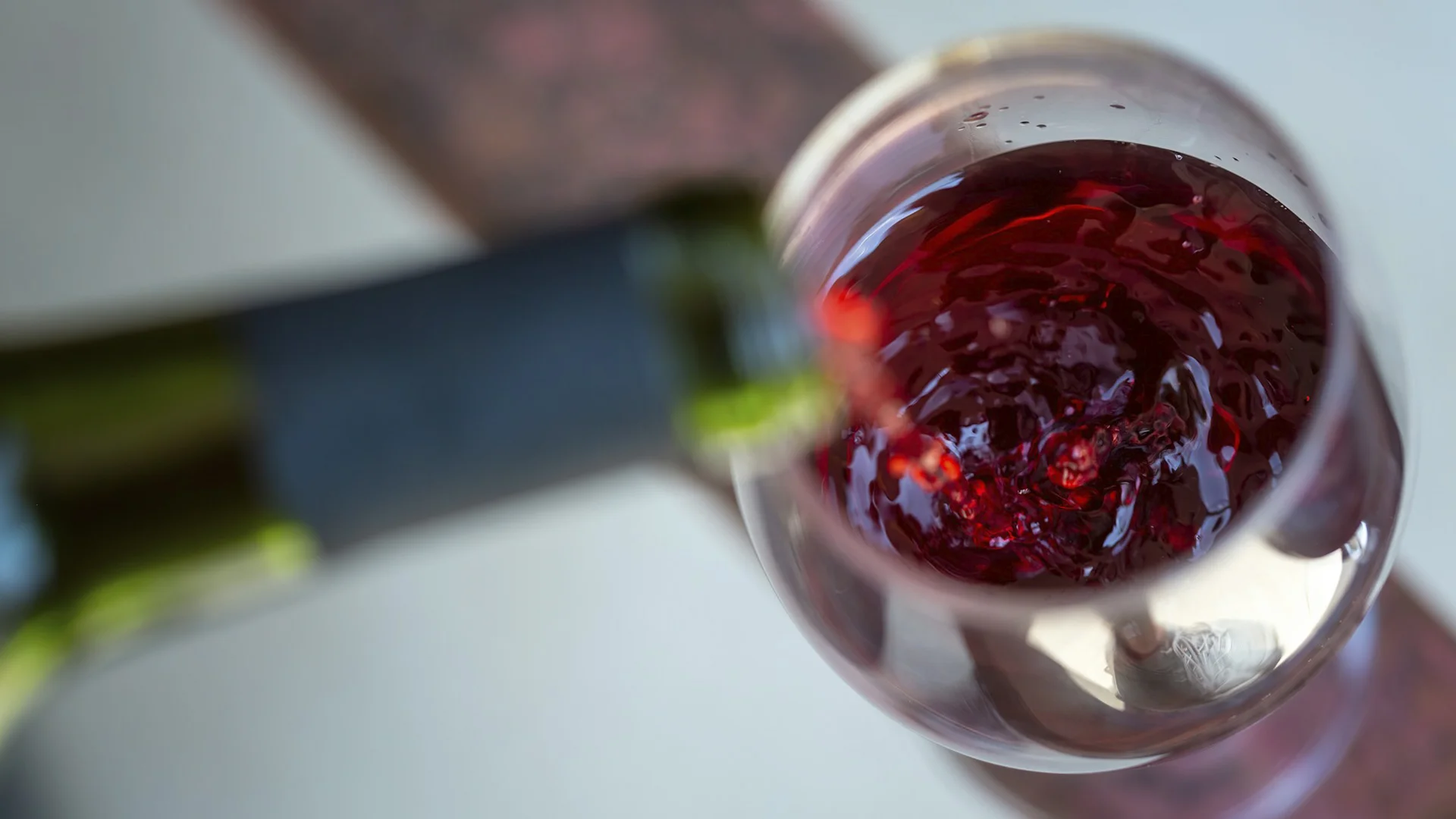
Valpolicella is more than a wine—it’s a spectrum of styles, a legacy of tradition, and a testament to place. From the bright charm of Classico to the bold depth of Amarone, this iconic Veneto region delivers red wines with character, complexity, and soul. In this guide, we’ll explore the grapes, terroirs, winemaking techniques, food pairings, and why Valpolicella remains one of Italy’s most compelling wine stories.
Valpolicella is one of Italy’s most versatile red wines. The wines are eponymous with their region, located just north of Verona in the Veneto. The name itself means “valley of many cellars”—a fitting tribute to a region with centuries of winemaking tradition.
But Valpolicella isn’t one wine, it’s a family of red styles, all made primarily from Corvina, Corvinone, and Rondinella, with small additions of other local grapes like Molinara.
This region produces a spectrum of expressions that range from light and refreshing to bold and age-worthy:
What unites them is their red fruit profile, vibrant acidity, and deep connection to place. Whether you’re after something easy-drinking or something contemplative and cellar-worthy, Valpolicella delivers.
The story of Valpolicella wines stretches back to antiquity, with roots in the days of the ancient Greeks and Romans who first recognized the region’s potential for exceptional viticulture. The name “Valpolicella” itself comes from the Latin “Vallis Pollicellae,” meaning “valley of many cellars,” a nod to the area’s long-standing winemaking heritage. Over centuries, the region’s unique approach to red wine production has been carefully preserved and passed down through generations, making Valpolicella a cornerstone of Italian wine culture.
A major milestone came in 1968, when Valpolicella was granted Denominazione di Origine Controllata (DOC) status, officially recognizing the quality and distinctiveness of its wines. This was followed by the creation of the Valpolicella Ripasso DOC in 2010, further cementing the region’s reputation for innovation and excellence.
Today, this Italian region is celebrated worldwide for its diverse wine styles, ranging from the approachable Valpolicella Classico to the structured Valpolicella Superiore, and the iconic Amarone della Valpolicella.
These wines continue to embody the region’s rich history, blending tradition with a spirit of continual refinement.
At the heart of every Valpolicella wine is a carefully crafted blend of native grape varieties, each contributing its own unique character to the final wine. Corvina is the star of the show, prized for its vibrant acidity, moderate tannins, and signature notes of cherry and spice that define many Valpolicella red wines. Corvinone, often used alongside or in place of Corvina, brings additional depth, colour, and structure, enhancing the wine’s complexity and aging potential. Rondinella rounds out the blend, adding freshness, floral aromatics, and a touch of softness.
Supporting varieties like Molinara and Oseleta in smaller amounts may be included, lending further nuance and individuality to the wines. This distinctive combination of grapes is what sets Valpolicella wines apart from other Italian reds, resulting in a range of styles that are both expressive and unmistakably tied to their origin.
The Valpolicella region is home to a wide range of wine styles, all based on the Valpolicella blend. The grapes destined for this wine are primarily Corvina, Corvinone, and Rondinella. Corvinone can be used in place of Corvina and can comprise up to 50% of the blend, contributing deeper colour and tannin. Though the grapes remain consistent, the styles vary significantly in terms of body, complexity, aging, and winemaking technique. This makes Valpolicella one of Italy’s most renowned wine regions for its versatility.
Here’s a guide to the main types of Valpolicella DOC wines, from the lightest to the richest:
Both Amarone and Recioto are made from dried grapes and share the same DOCG status, highlighting their prestigious classification and unique production methods. The diverse terroirs of Valpolicella, such as volcanic soils, contribute to the development of complex flavours in these wines, enhancing their depth and character across all styles.
The process begins with hand-harvested grapes, fermented on their skins to extract colour, flavour, and gentle tannins.
Most entry-level Valpolicella wines are fermented in stainless steel and bottled young to capture their fresh, fruit-forward character.
What sets Valpolicella apart is its use of appassimento and ripasso techniques. For Amarone and Recioto, grapes are dried for several months after harvest—concentrating sugars and flavours.
The traditional process of drying grapes in special cellars or lofts is crucial, as it further intensifies the sugars and flavours that define these wines.
During the appassimento process, grapes are laid on wooden racks called arele or graticci, often covered by bamboo sticks or placed in plastic crates to dry. Dried grapes can lose about 30% of their weight during the appassimento process, resulting in a higher concentration of sugars and flavours.
Across all styles, Valpolicella wines share a common thread of red fruit, lifted aromatics, and refreshing acidity.
Valpolicella’s acidity and fruit character make it incredibly food-friendly.
Valpolicella wines are deeply ingrained in the region’s culinary culture, with each style finding its perfect place at the table.
The tradition of pairing local wines with regional dishes is celebrated in the area’s many restaurants, wine bars, and festivals, where visitors can immerse themselves in the authentic wine and food culture of Valpolicella. Whether you’re enjoying a casual meal or a gourmet feast, there’s a Valpolicella wine to elevate every bite.
Valpolicella is situated in the Veneto region, one of Italy’s most renowned and diverse wine-producing areas, recognized for its high-quality DOC and DOCG wines, including Valpolicella, Amarone, and Prosecco.
The Valpolicella wine region, situated between Lake Garda and the Lessini Mountains, enjoys a mild, continental climate with a hint of Mediterranean influence. The lake provides cooling breezes, while the mountains protect from harsh northern winds. This results in warm days, cool nights, and just enough rainfall—ideal conditions for growing balanced, expressive grapes.
The region is divided into three zones:
Classico wines often show more elegance and depth, thanks to limestone and clay soils and higher elevations. Eastern vineyards are characterized by volcanic and alluvial soils, which produce wines with varying levels of spice or power, depending on the location of the vineyard.
The Valpolicella region is a tapestry of diverse terroirs, each imparting its own influence on the wines produced.
The interplay of altitude, soil composition, and proximity to bodies of water, such as Lake Garda and the Adige River, creates a mosaic of microclimates across the Valpolicella area. These variations allow winemakers to craft wines with a wide spectrum of flavours and styles, from the refined and aromatic reds of the Classico zone to the more robust and full-bodied expressions found in eastern Valpolicella. This diversity is a key reason why Valpolicella remains one of Italy’s most dynamic and celebrated wine regions.
Valpolicella wines are organized into several denominations, each reflecting a different level of tradition, quality, and winemaking technique.
These wines are crafted from carefully selected dried grapes, a process that concentrates flavours and sugars, and are aged for a minimum of two years to achieve their signature power and complexity. Each denomination is governed by strict regulations on grape varieties, yields, and aging, ensuring that every bottle of Valpolicella wine reflects the region’s commitment to quality and authenticity.
Understanding the difference between Valpolicella Classico and Valpolicella Ripasso is key to appreciating the region’s range.
If Classico is the lively, chatty cousin, Ripasso is the older sibling with more to say. One is bright and casual, the other rich and layered—both unmistakably Valpolicella, but speaking in different tones.
Valpolicella producers are increasingly adopting sustainable, organic, and biodynamic practices. The regional RRR certification—Riduci, Risparmia, Rispetta (Reduce, Reuse, Respect)—encourages reduced chemical use, biodiversity, and eco-conscious vineyard management.
By the mid-2020s, about 40% of Valpolicella vineyards were certified under RRR, organic, or biodynamic standards.
Growers are also adapting to climate change by:
Sustainability here also encompasses generational continuity—many estates remain family-owned, with younger winemakers bringing fresh ideas rooted in deep tradition.
Valpolicella is one of the few wine regions that offers something for everyone—from the brightness of Classico to the grandeur of Amarone, all made from the same native grapes and grown on the same hills.
It doesn’t chase trends. It doesn’t shout. But in its quiet confidence, Valpolicella overdelivers—with quality, character, and a deep sense of place.
If you haven’t yet explored these wines, start with a Ripasso or Classico. If you're already a fan, you know the joy of introducing someone to that first unforgettable sip. Either way, Valpolicella is proof that authenticity, versatility, and elegance still matter.
Life’s too short for boring wine. And in Valpolicella, boring is never on the menu.
Salute.

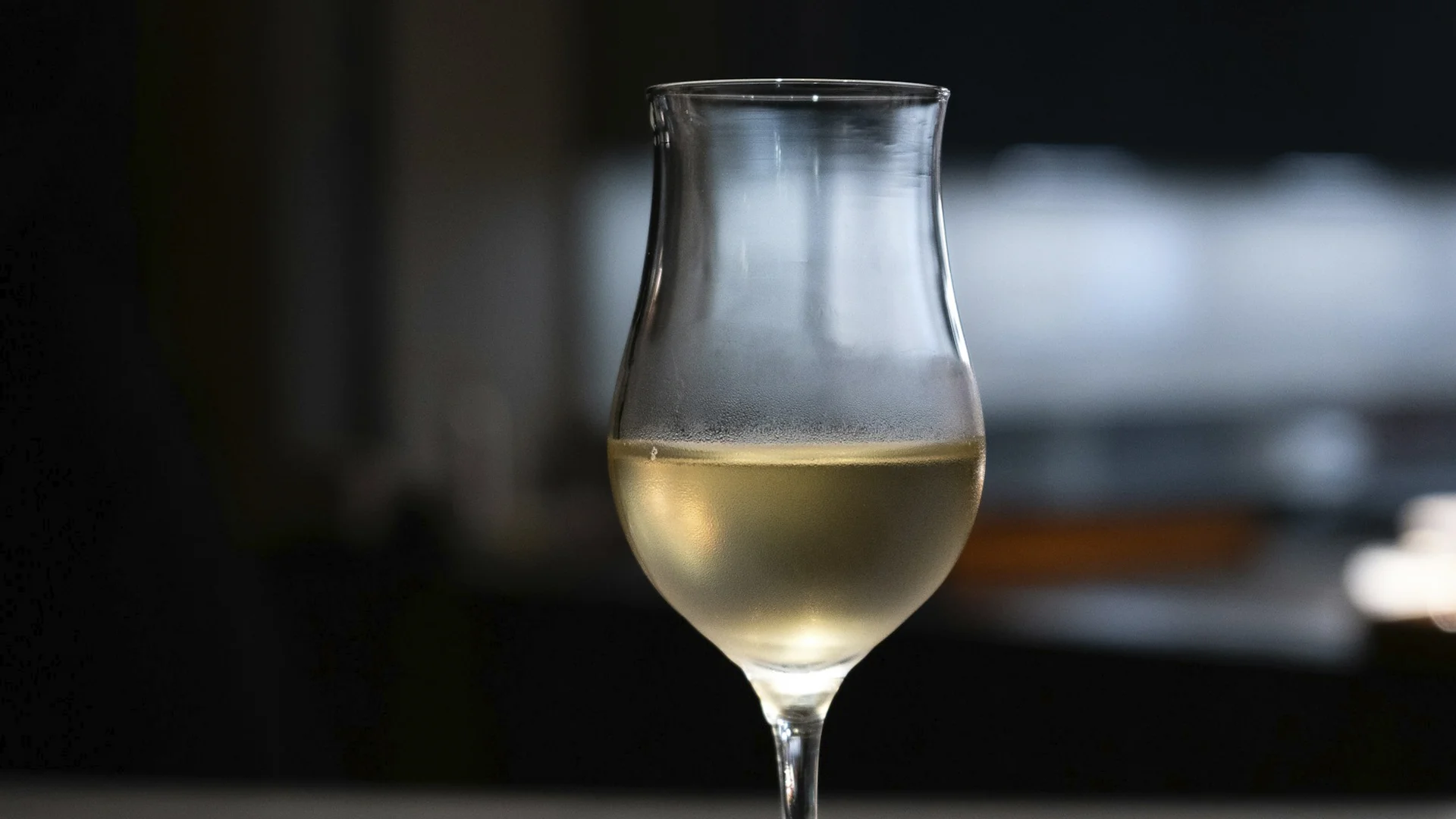
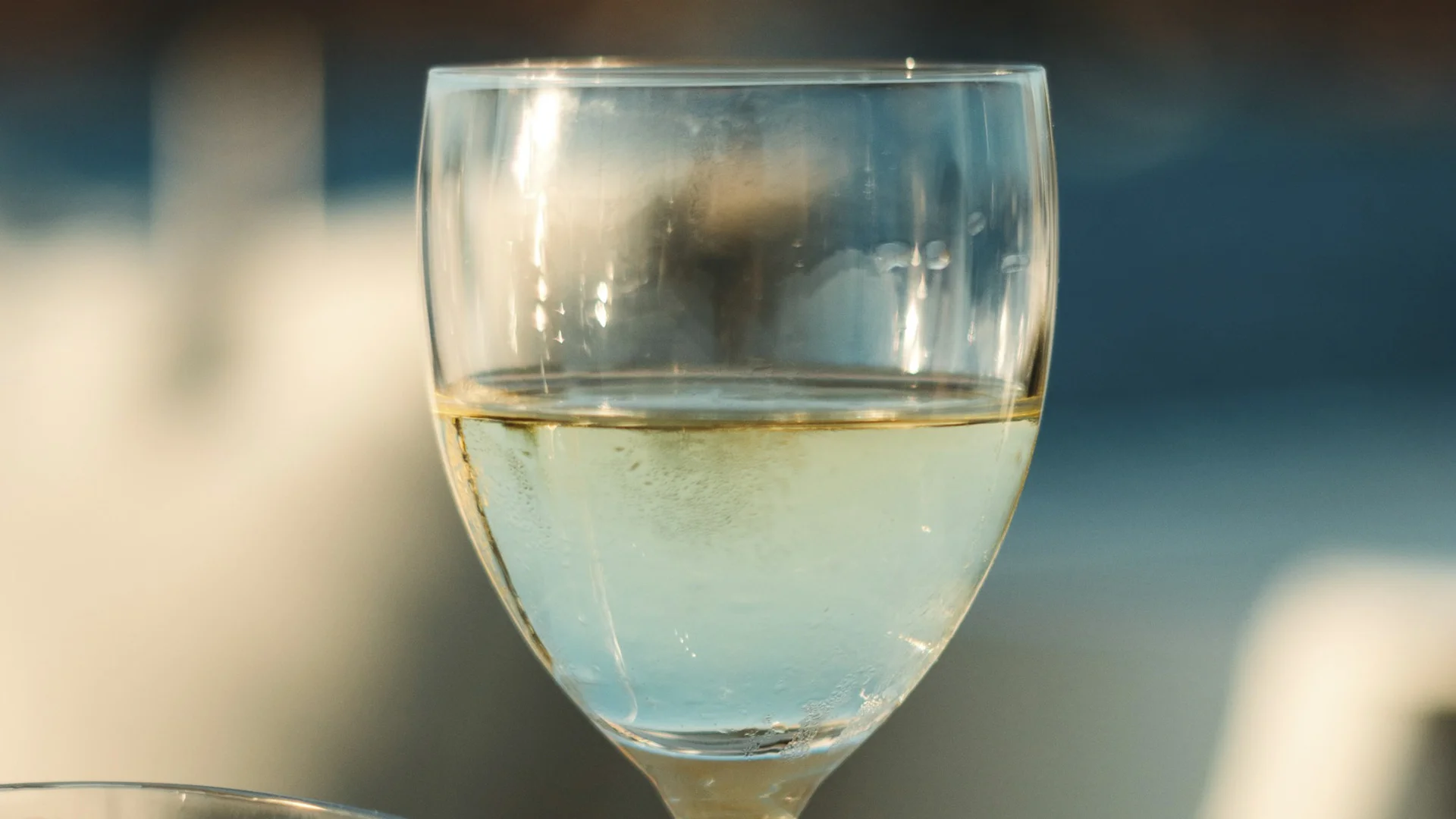
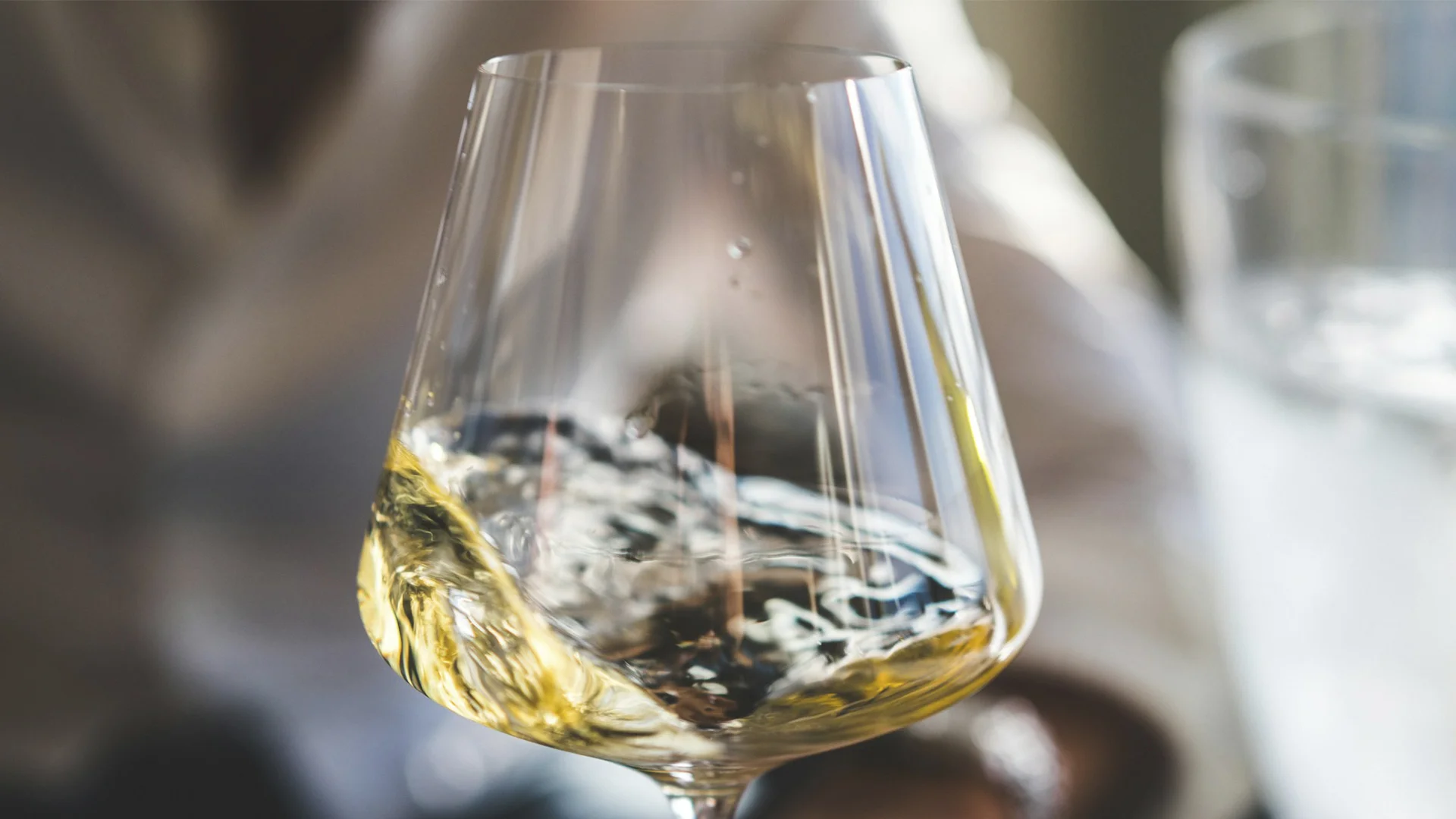
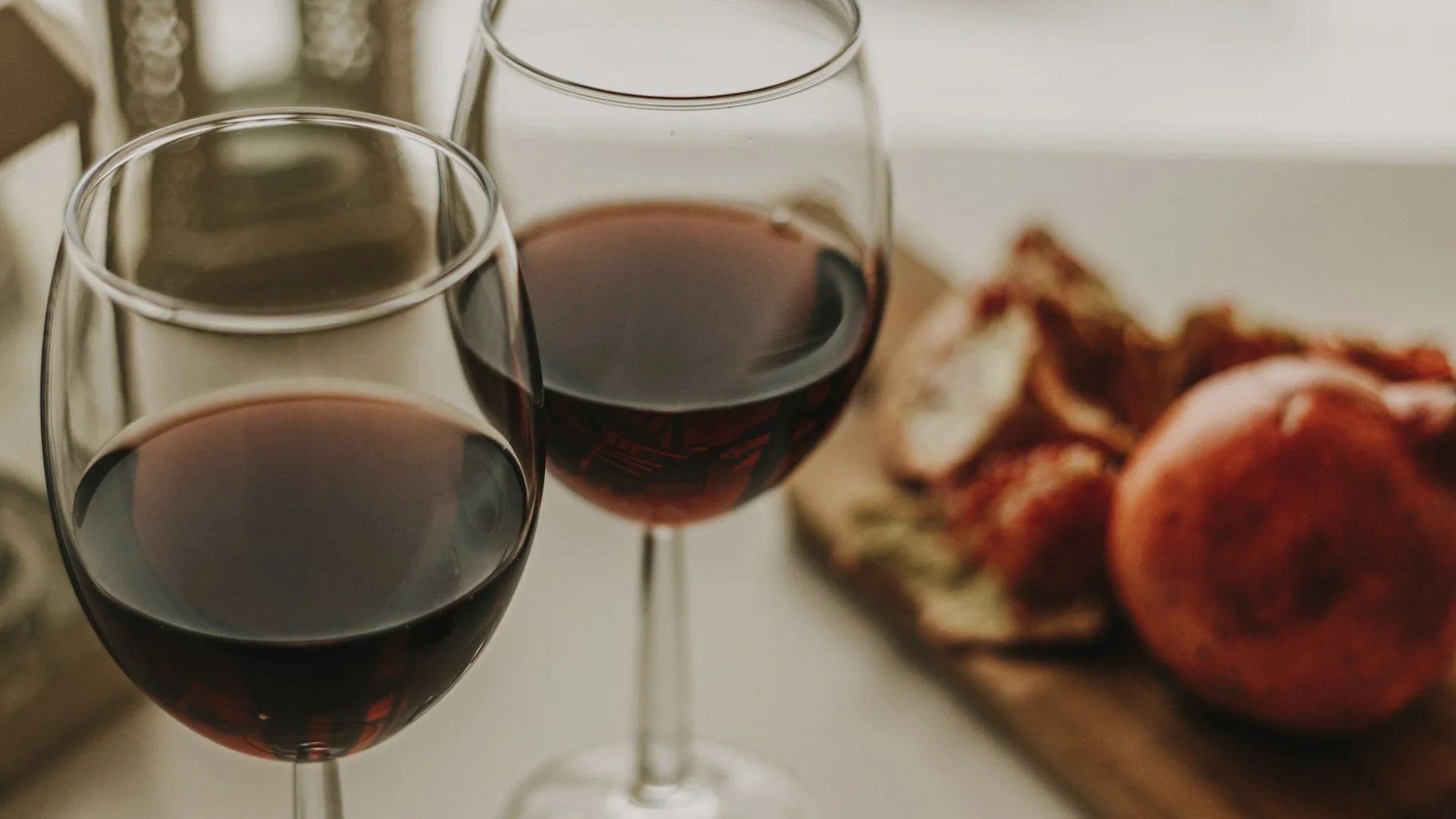
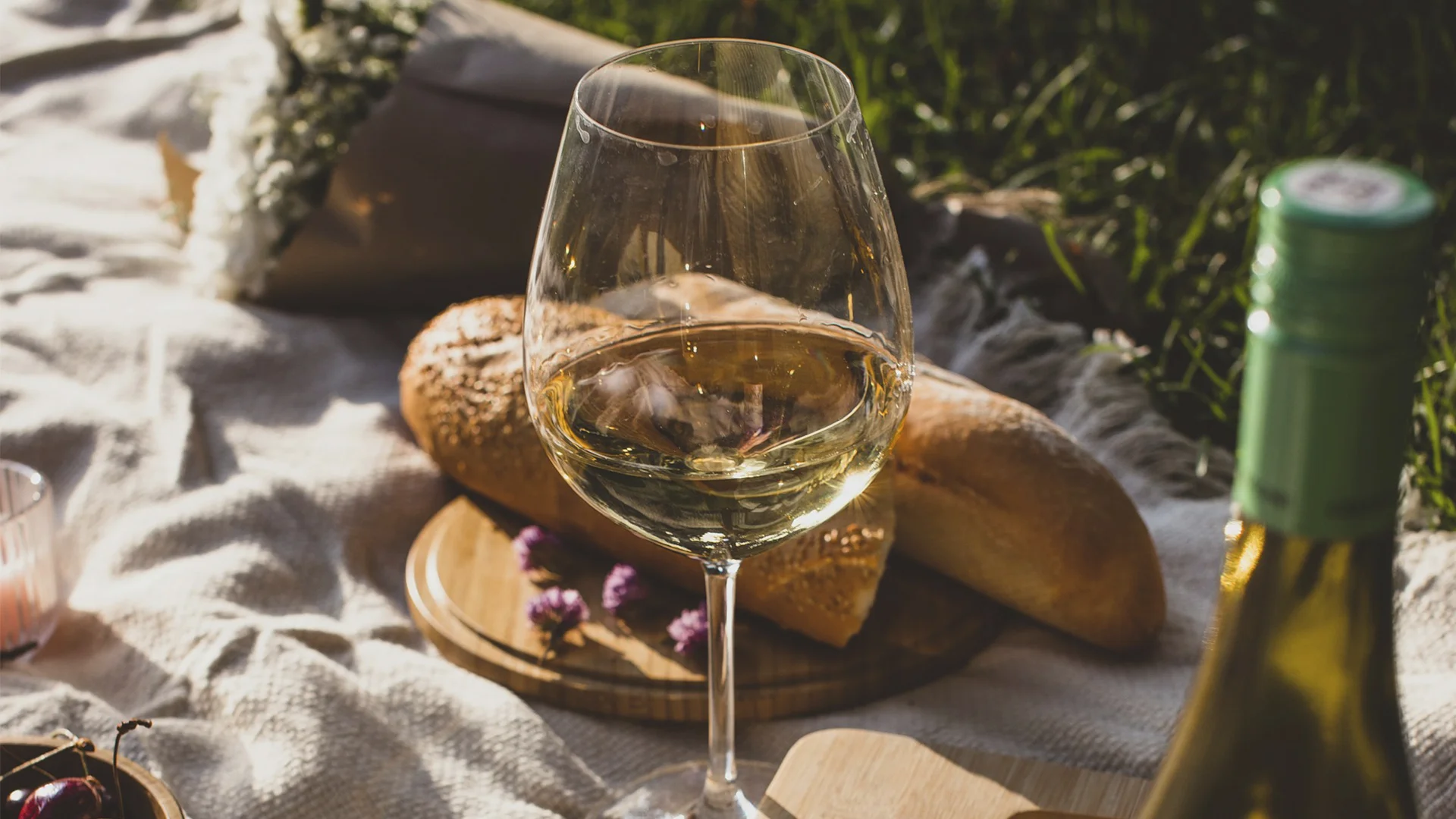
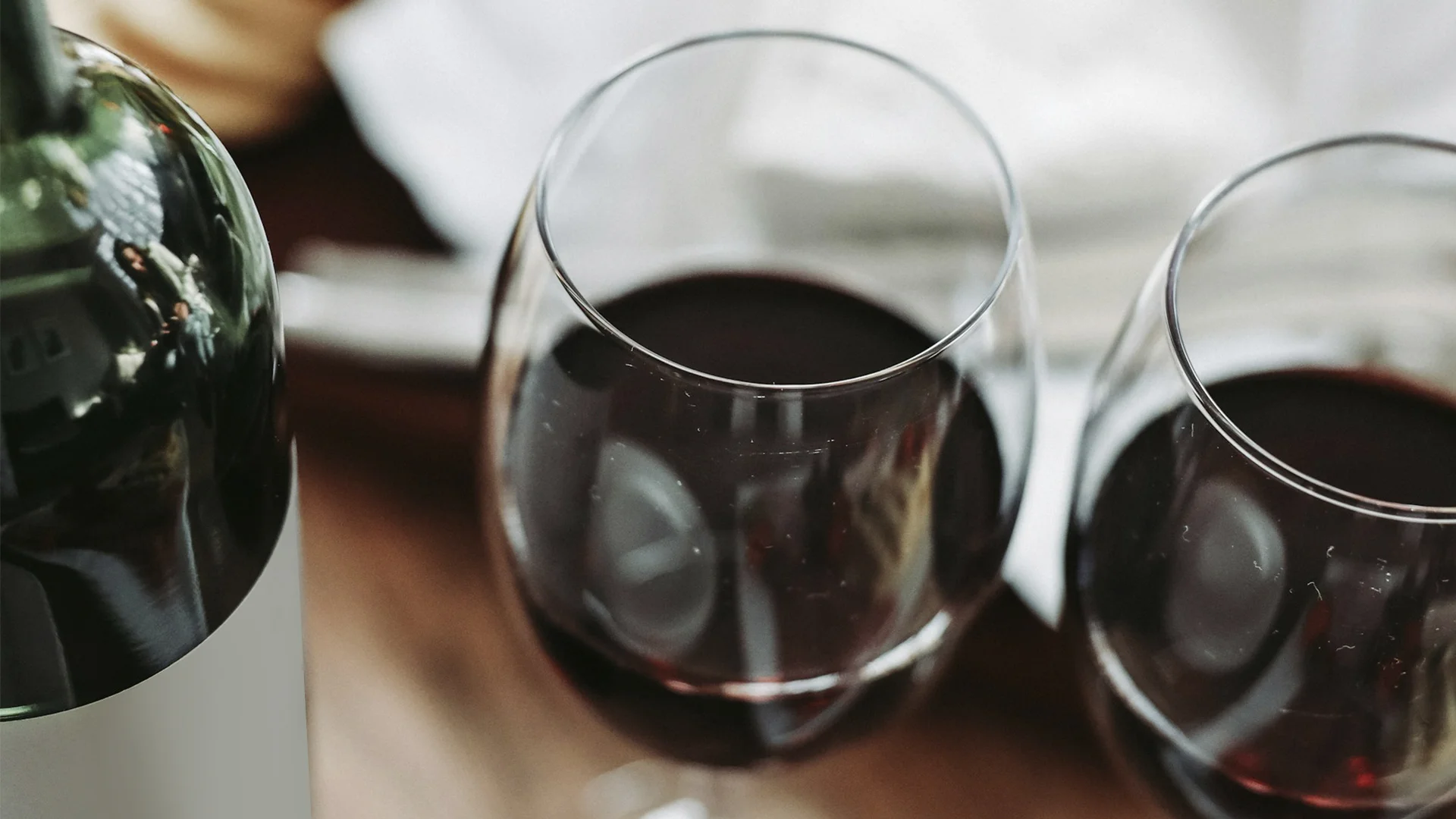
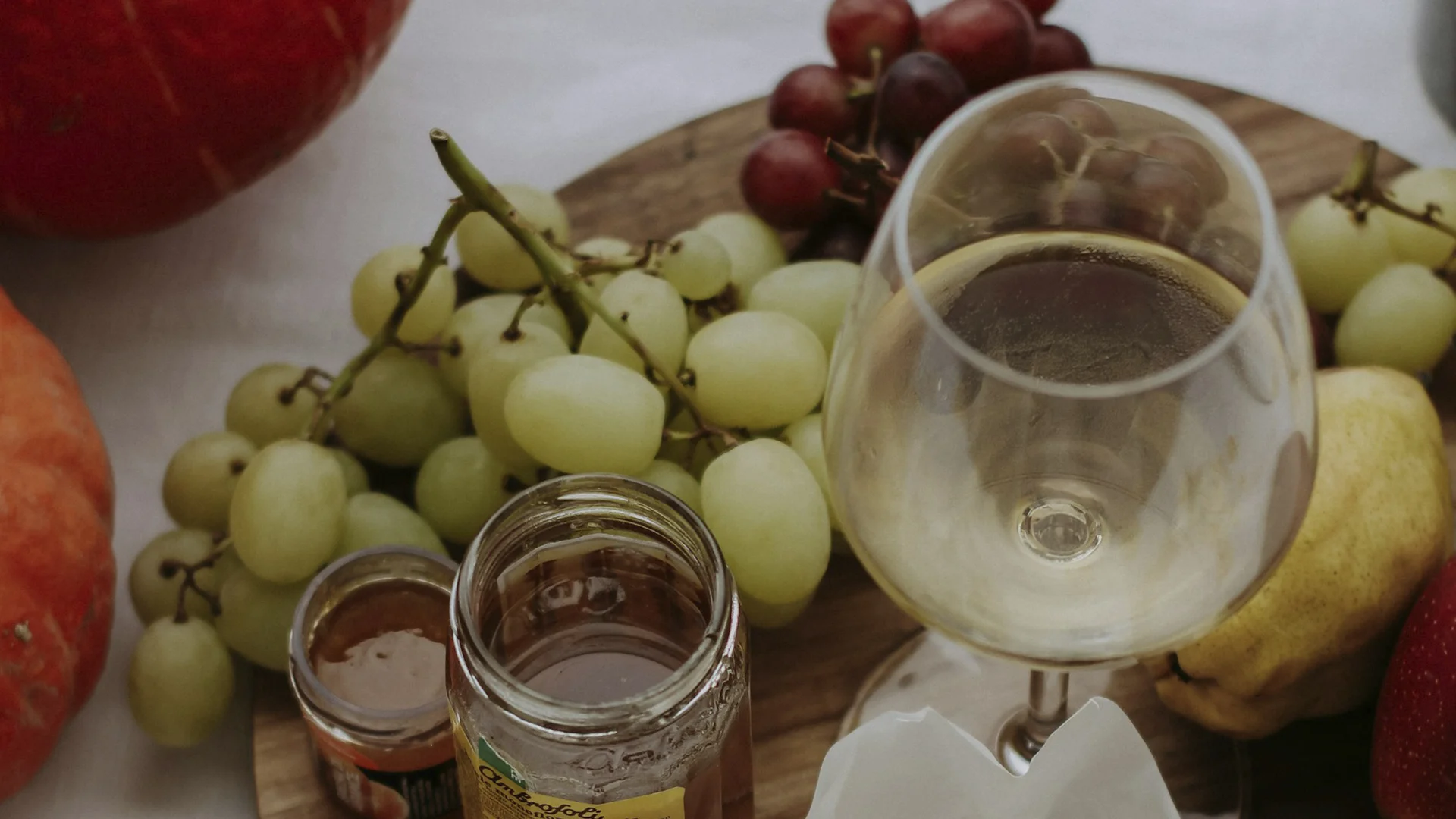
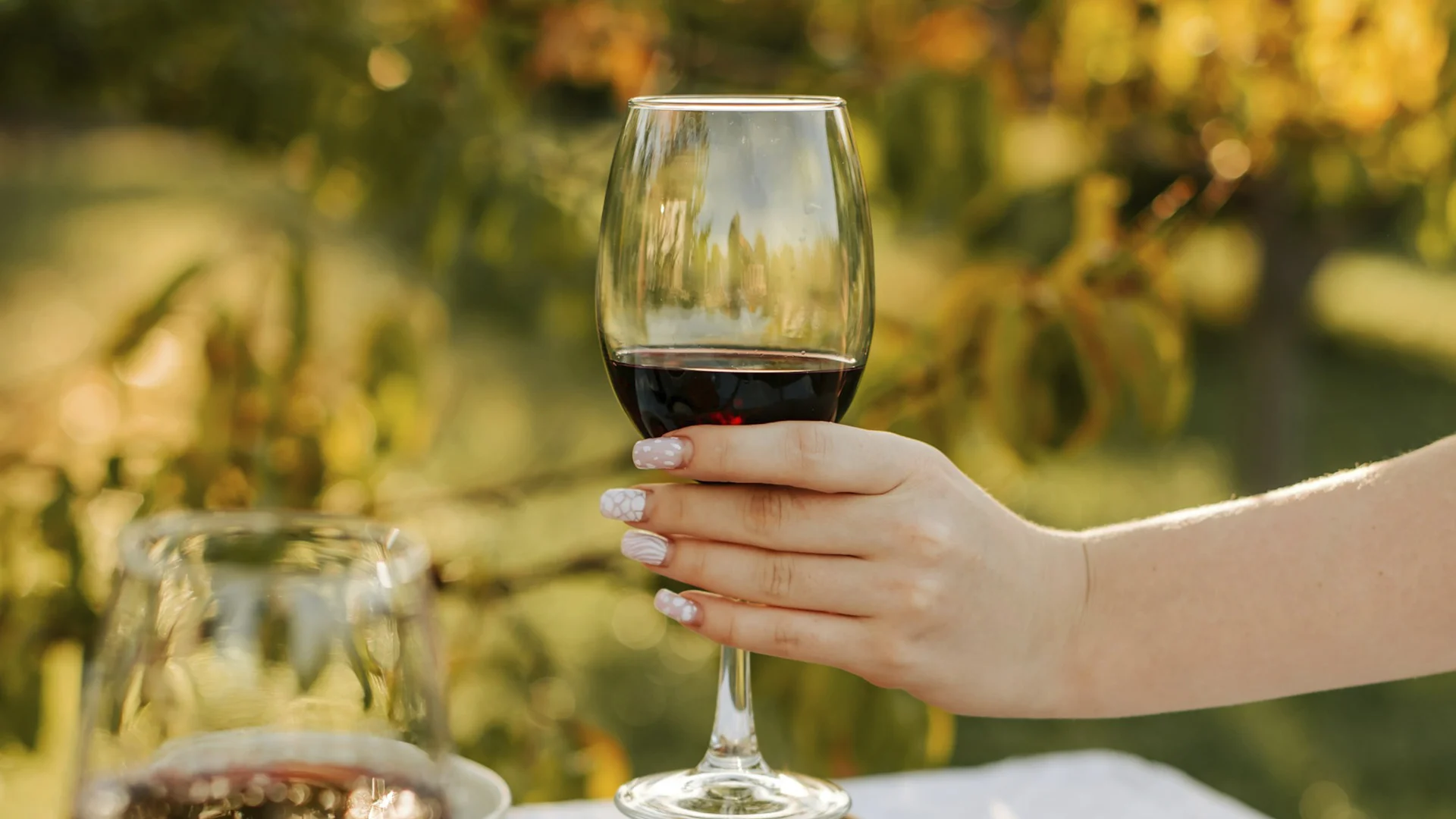

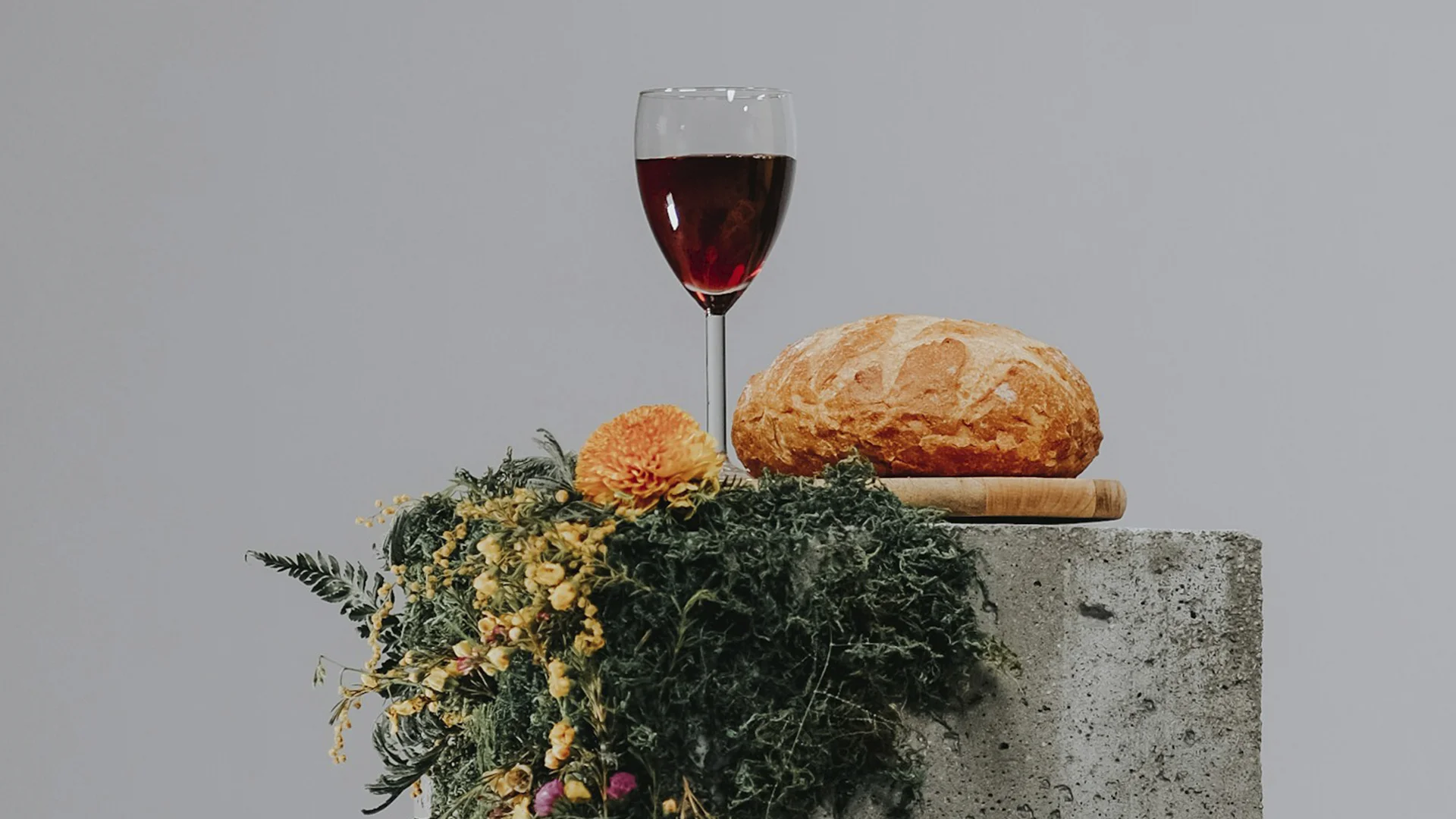


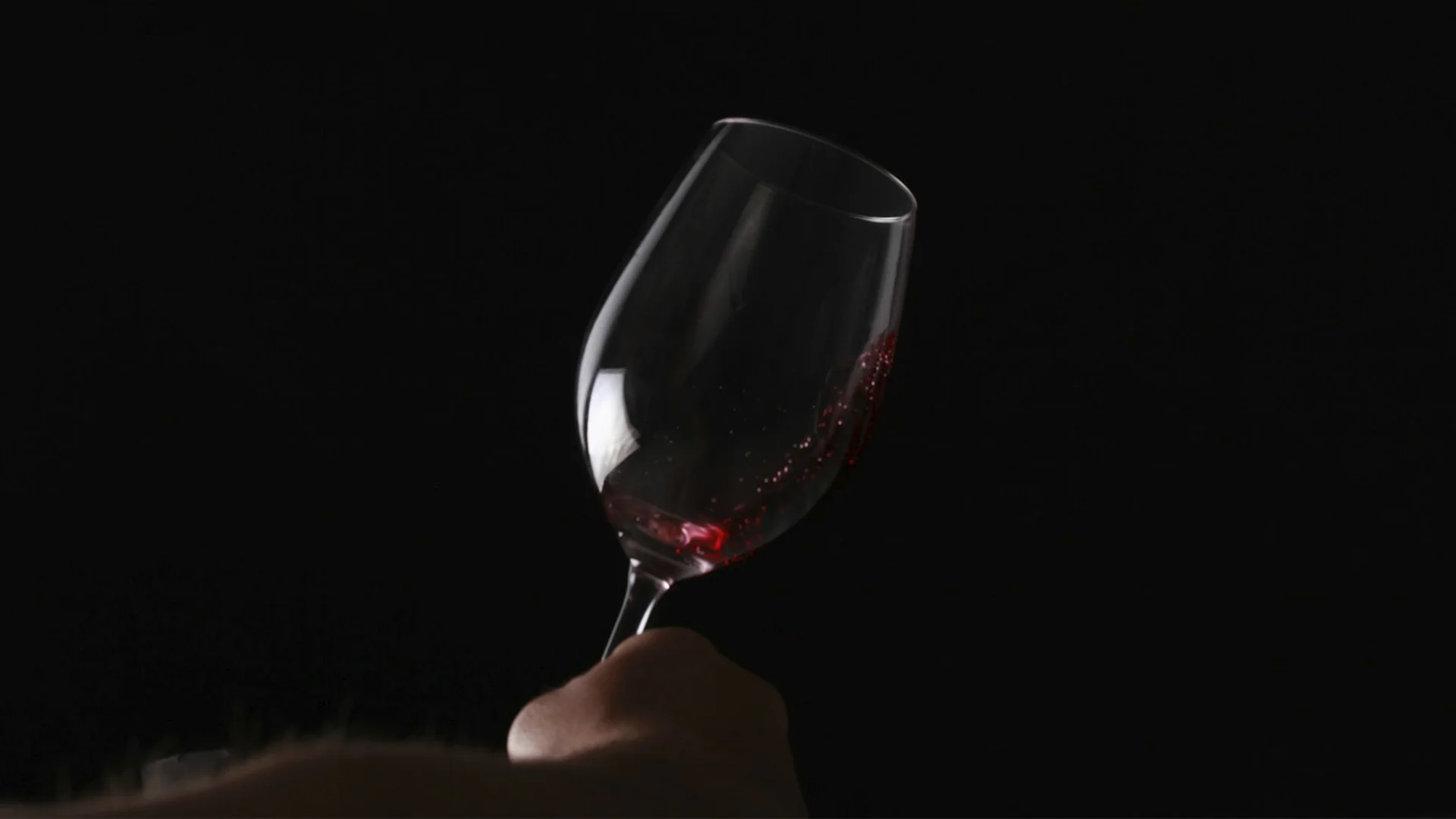
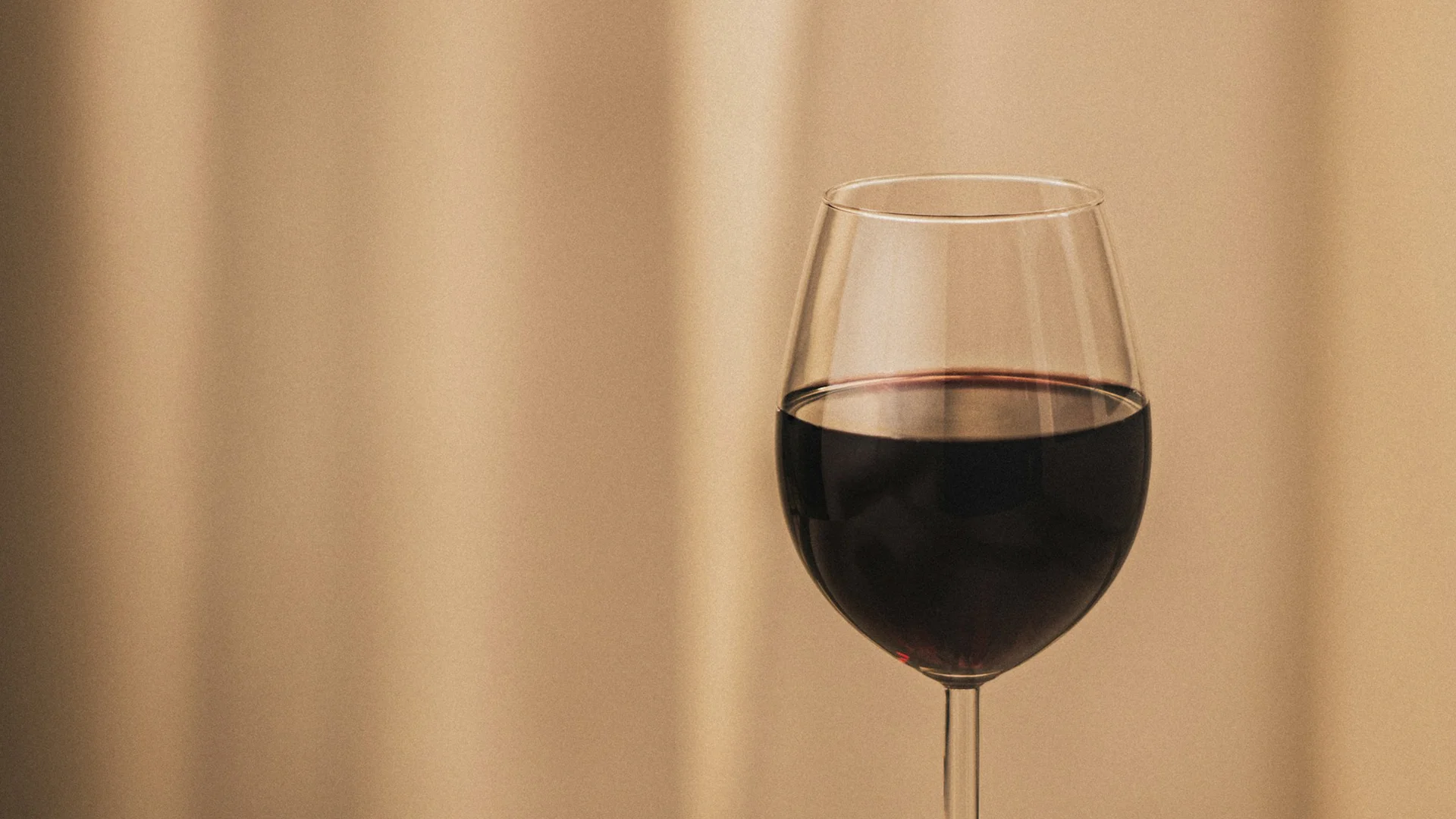
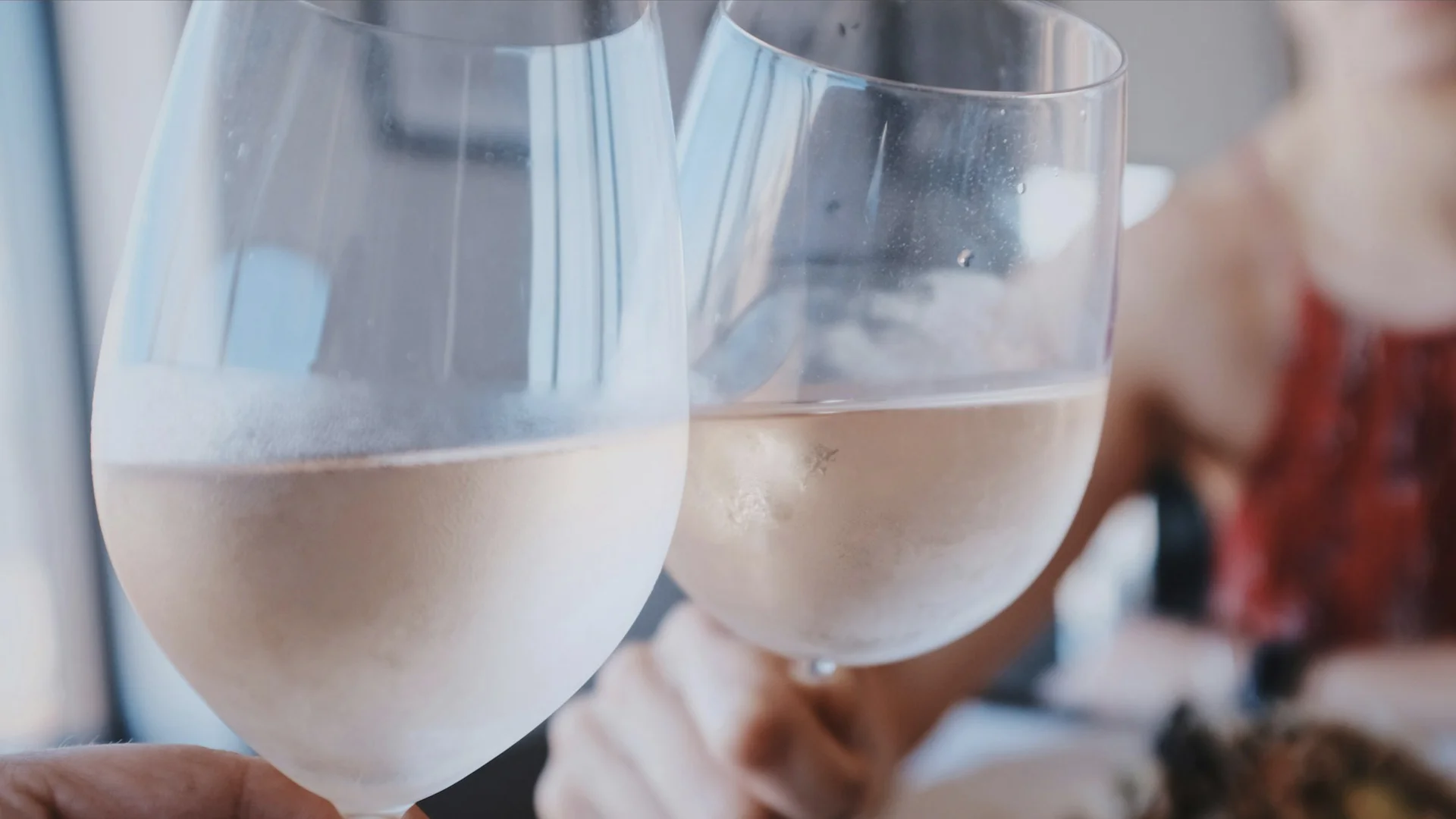

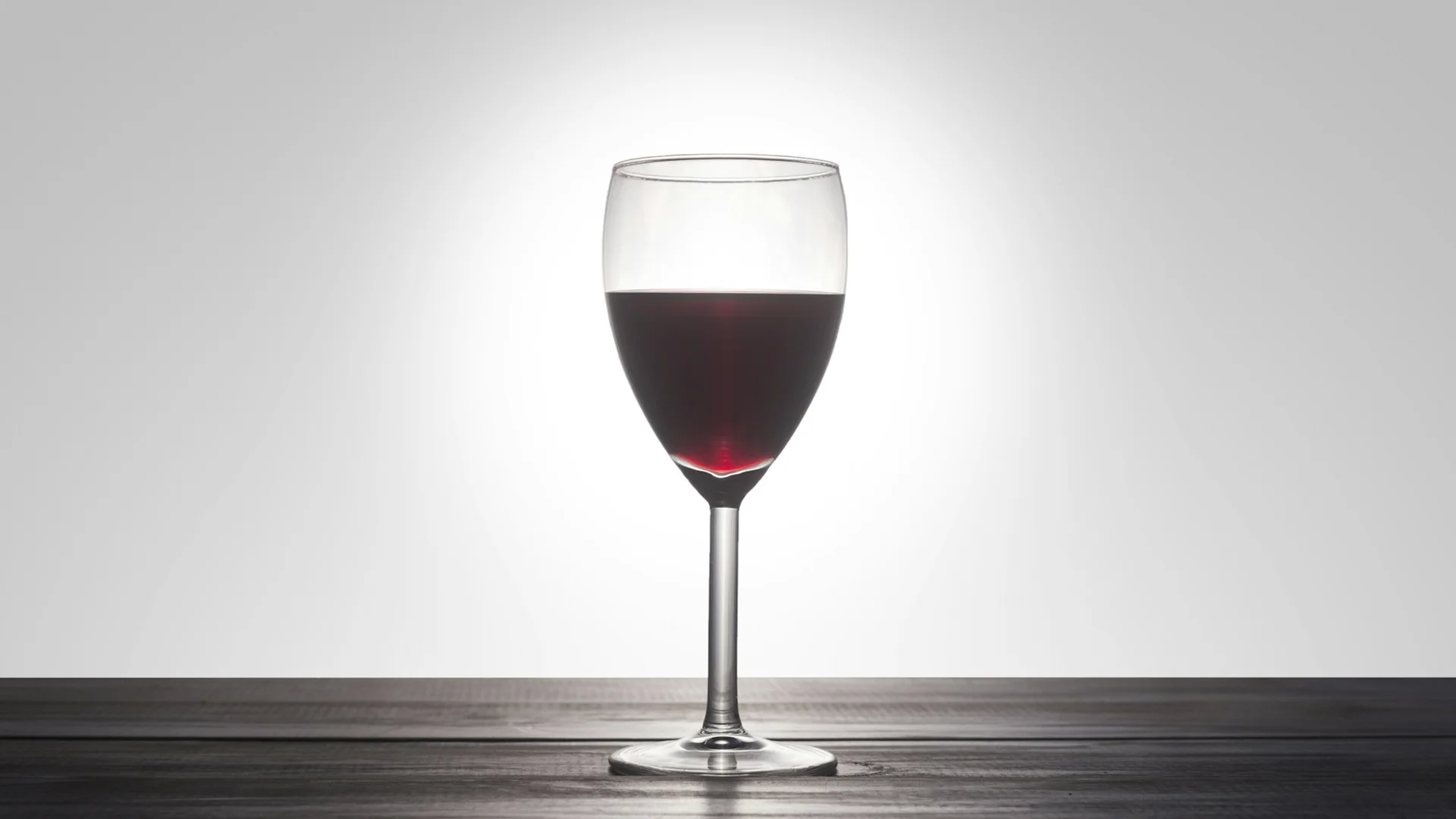

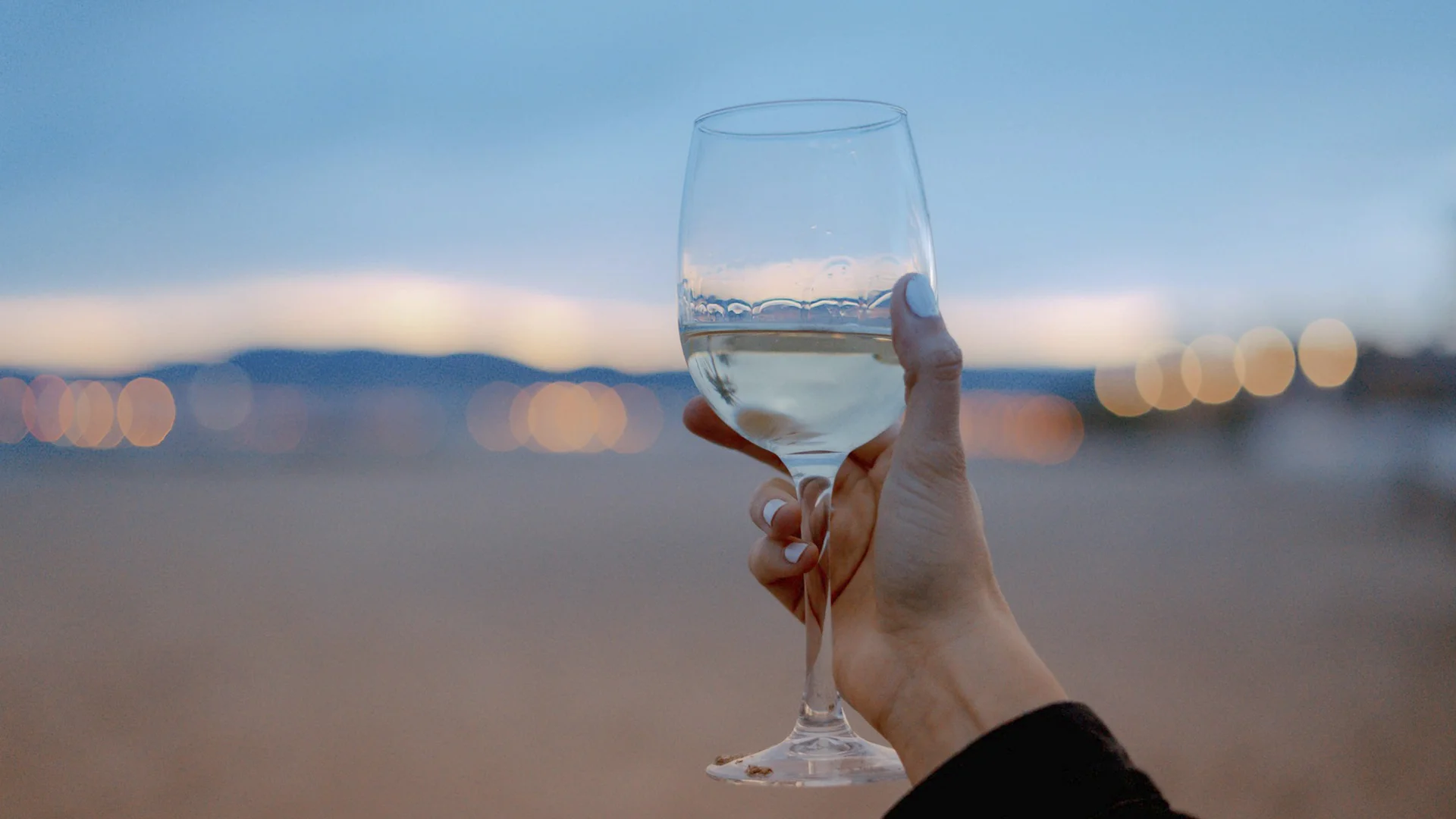
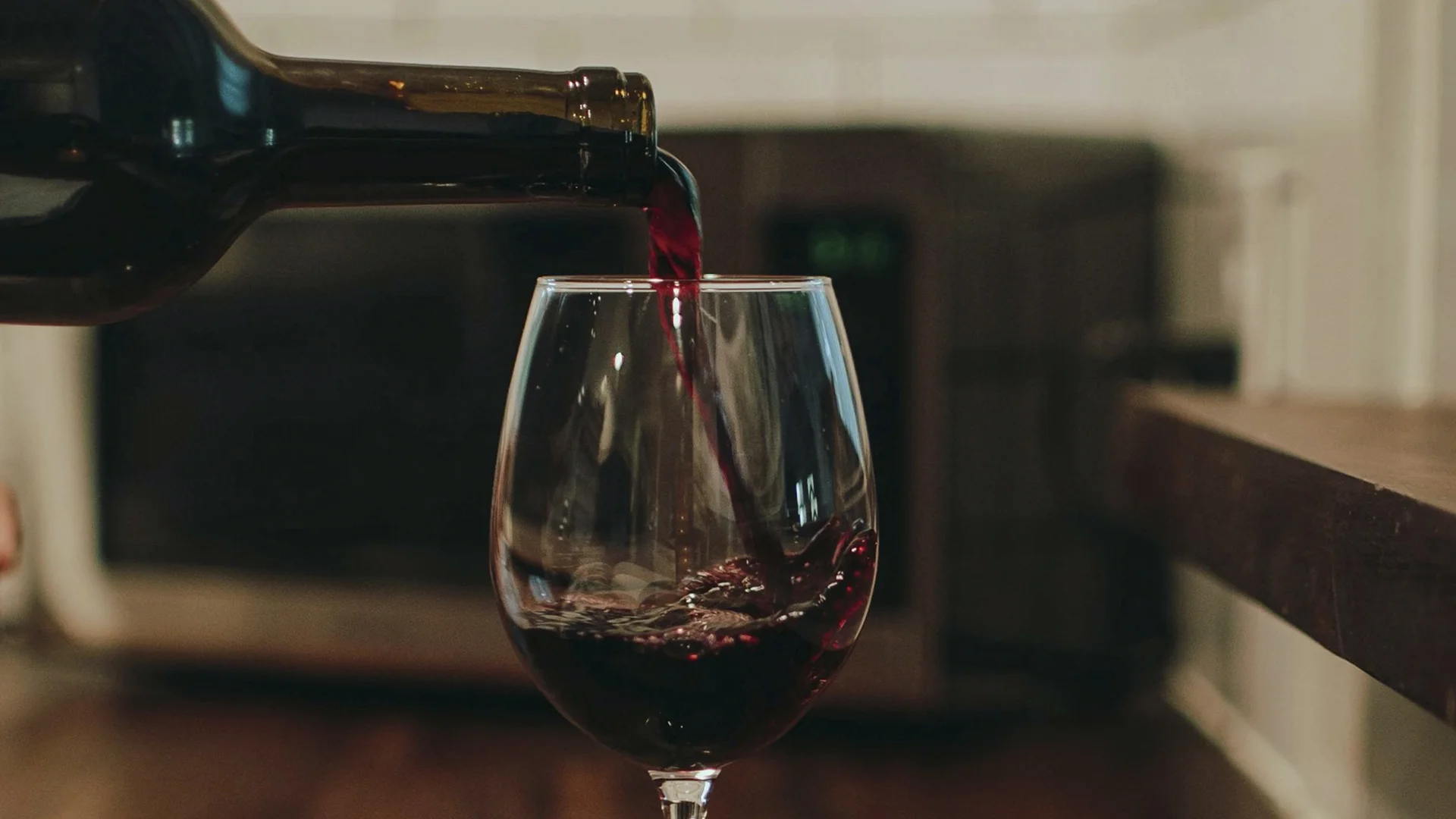
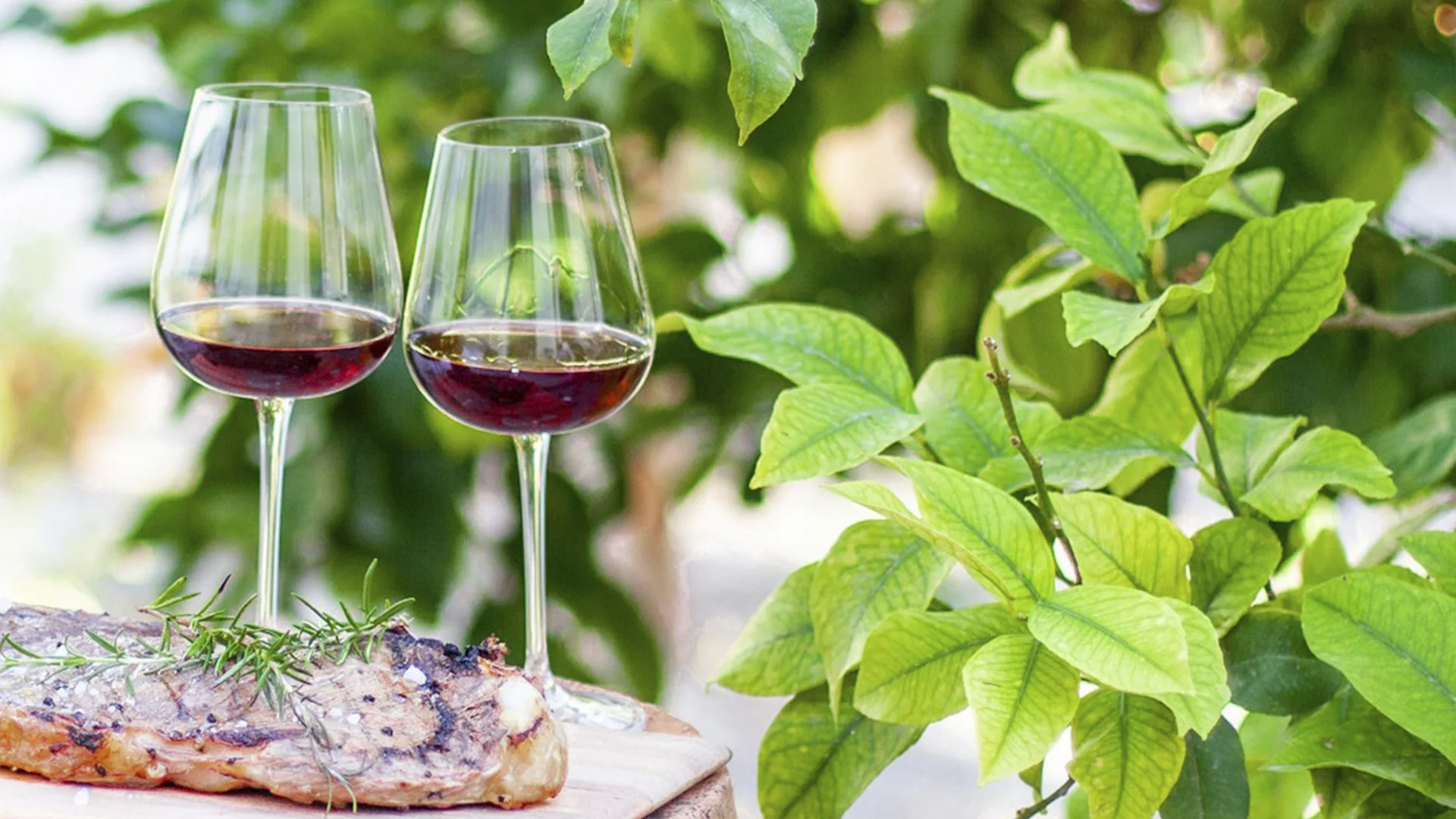

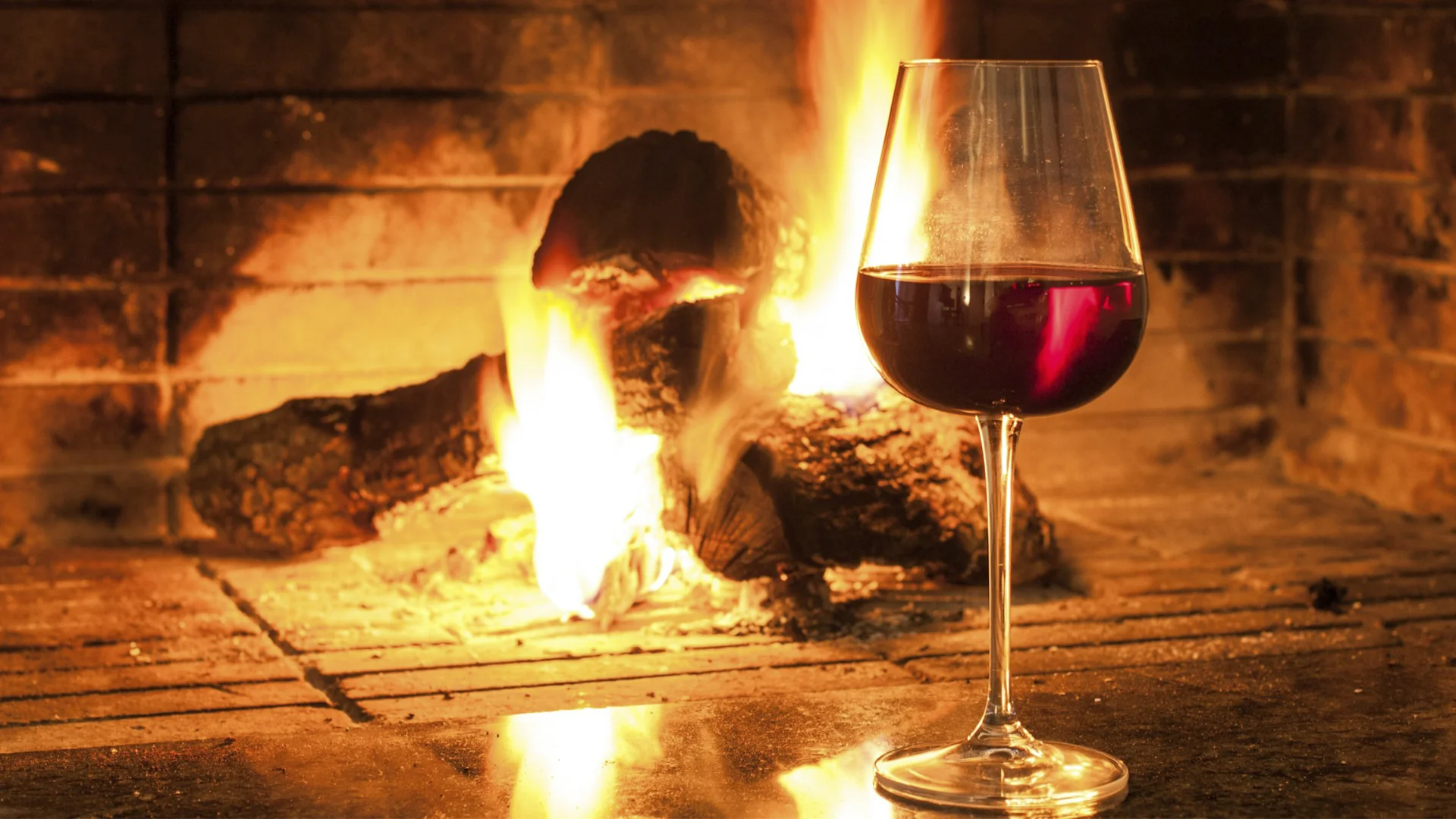
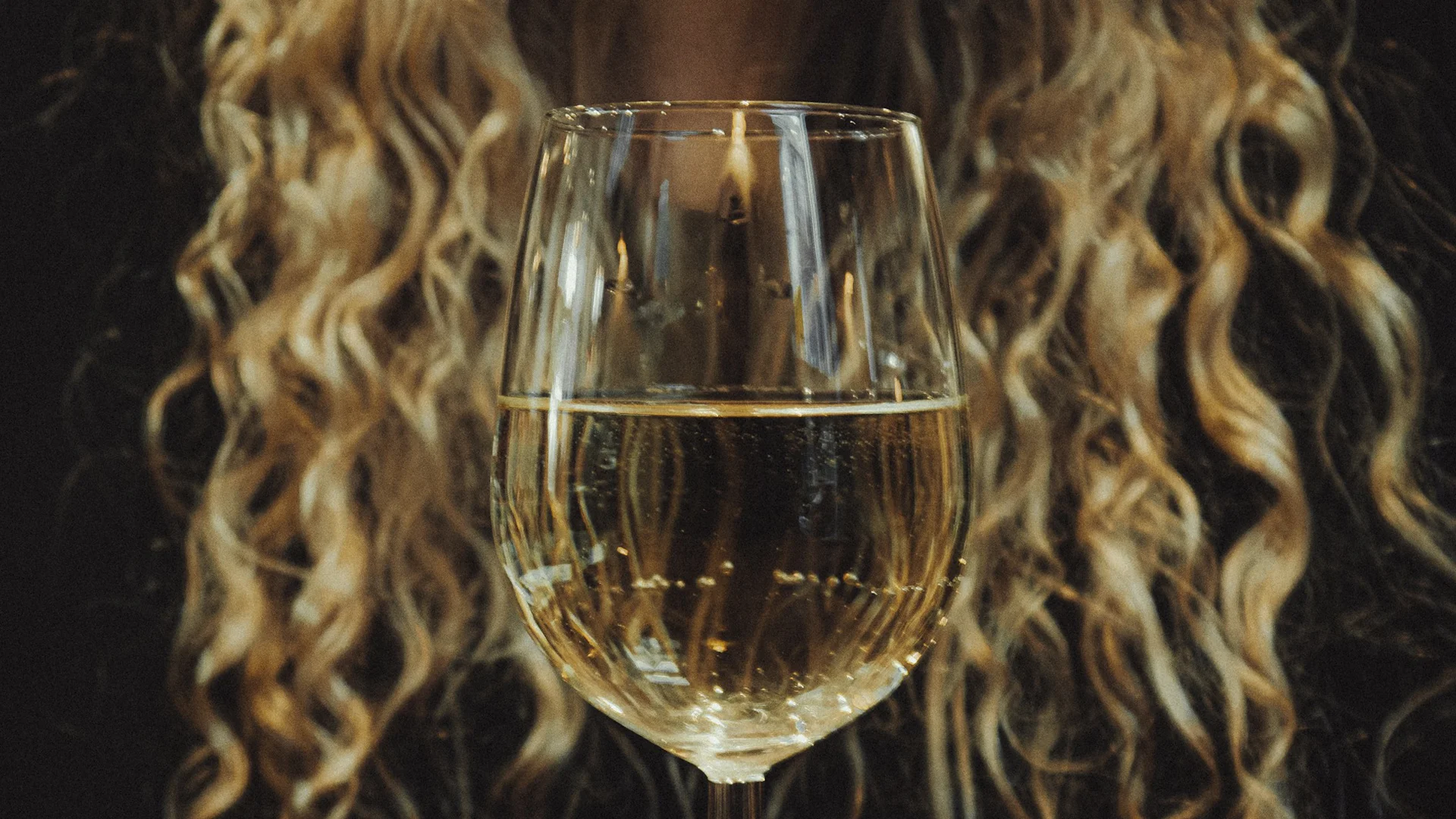
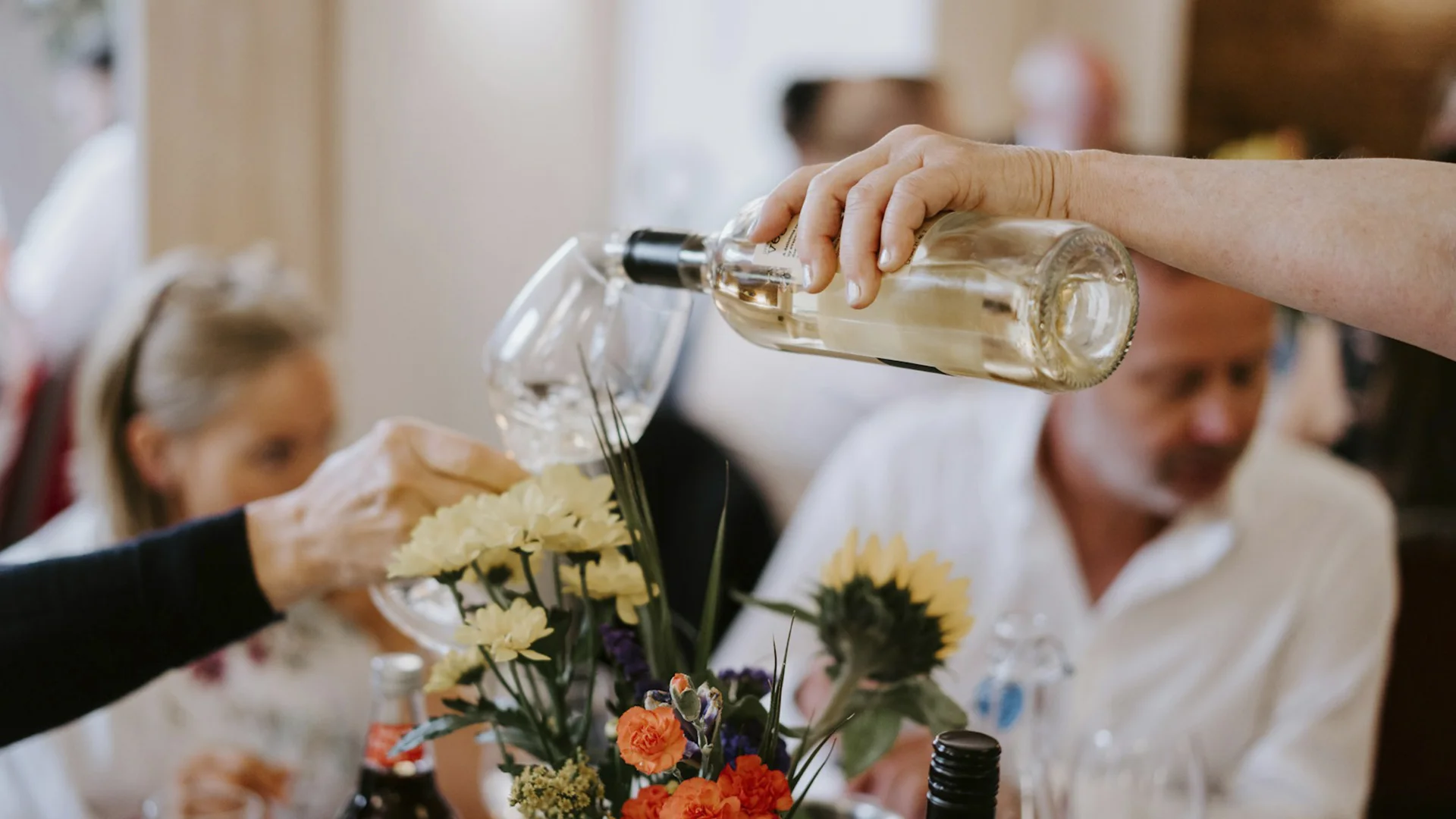
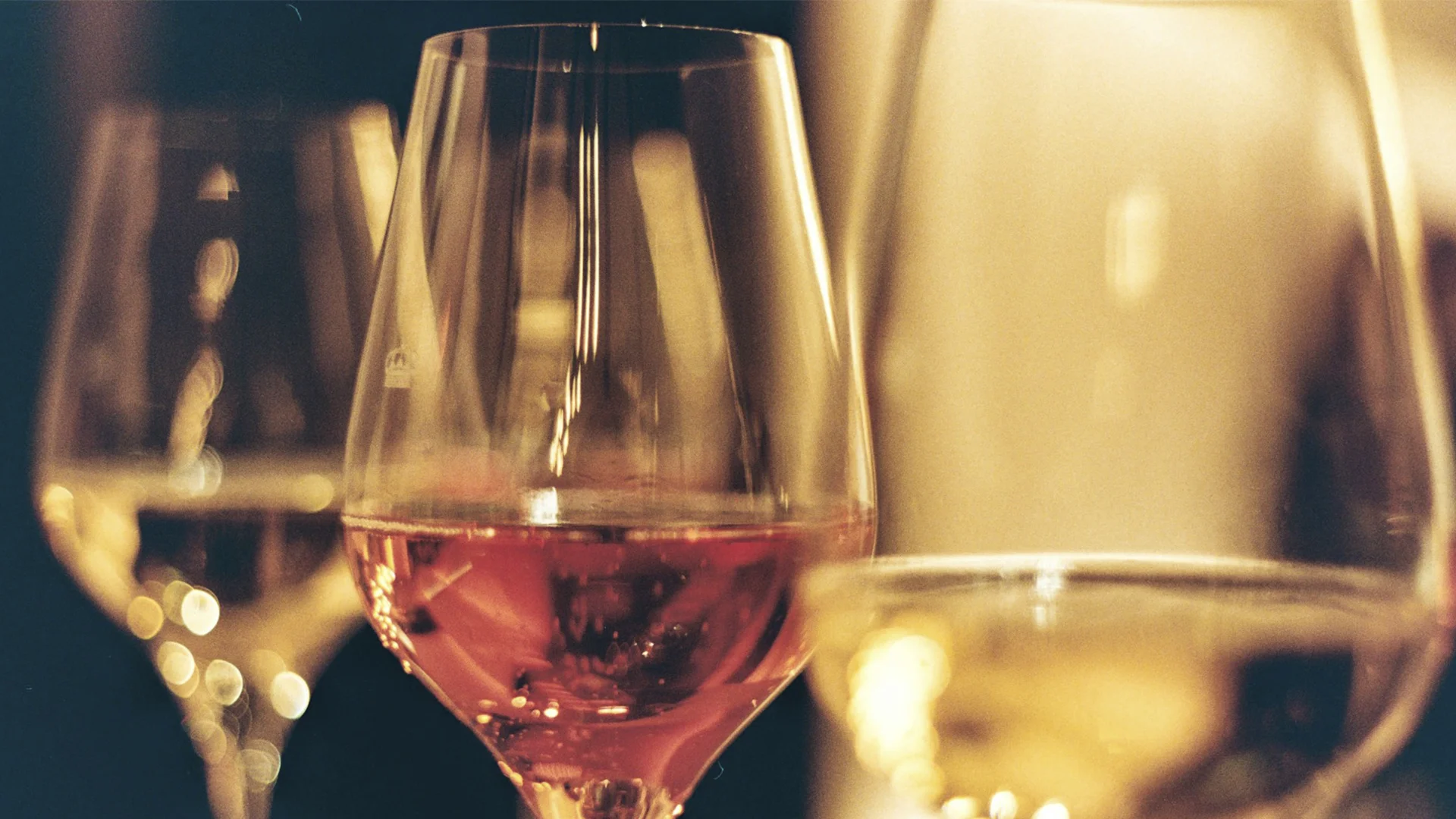
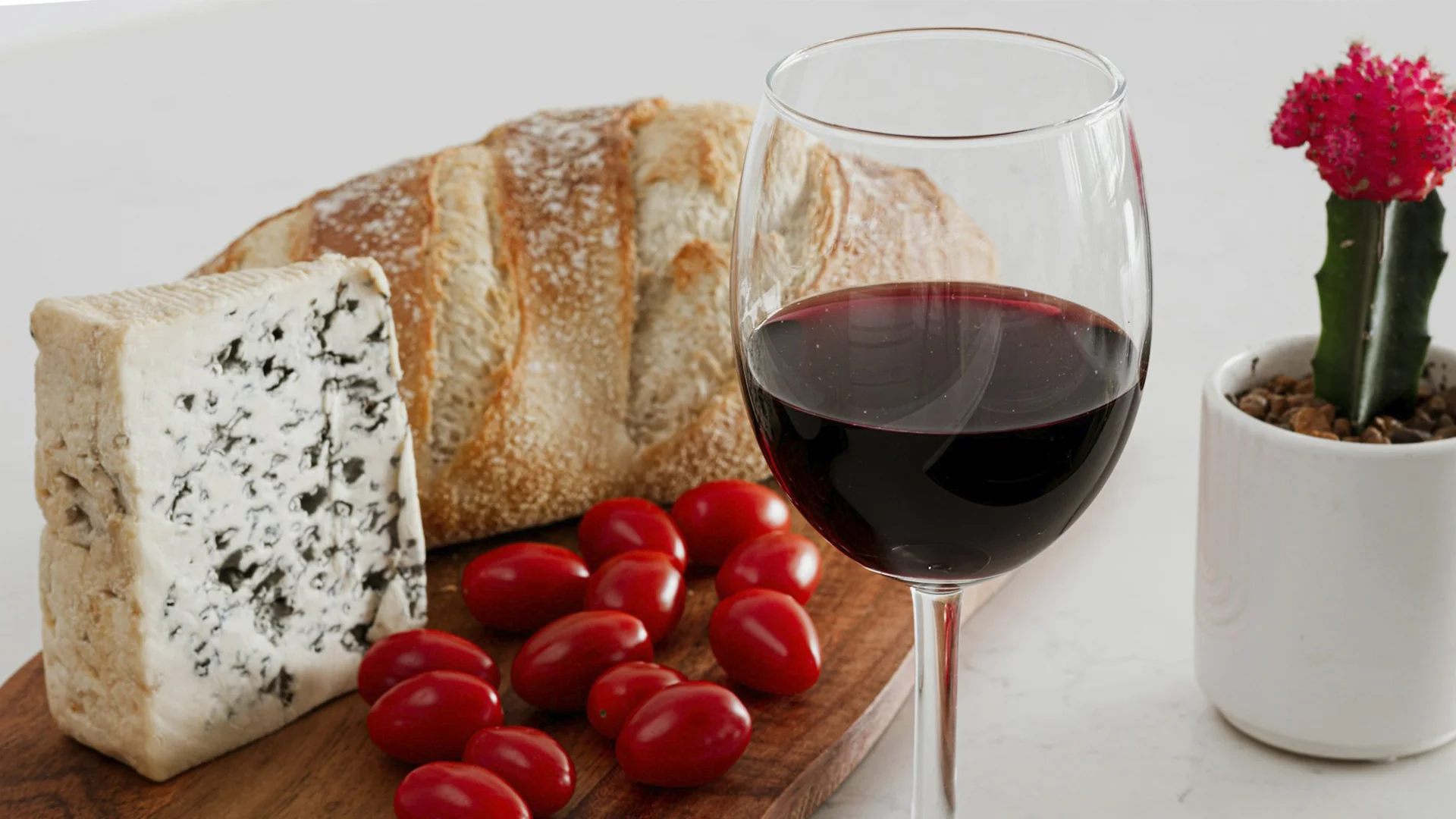


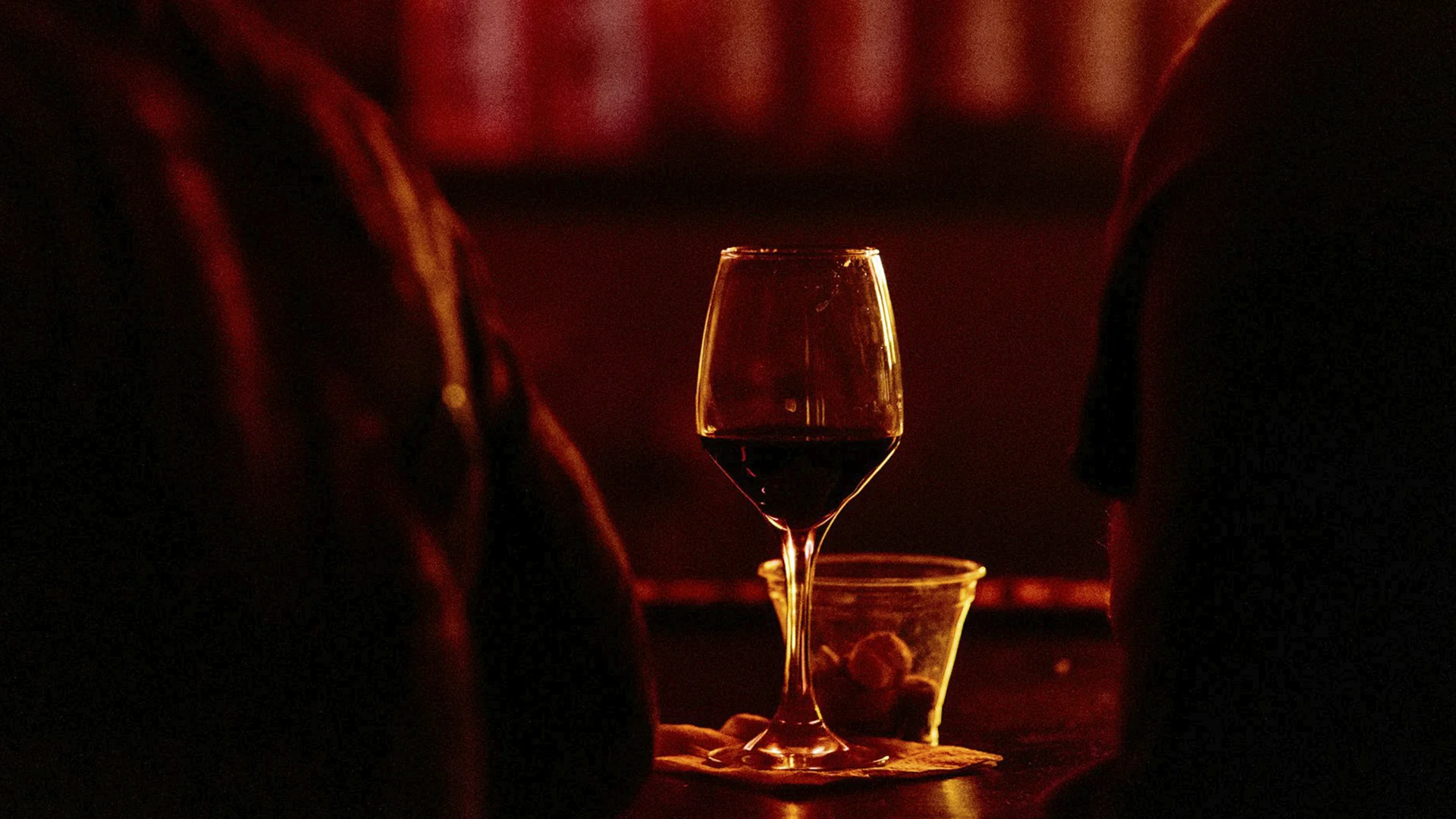
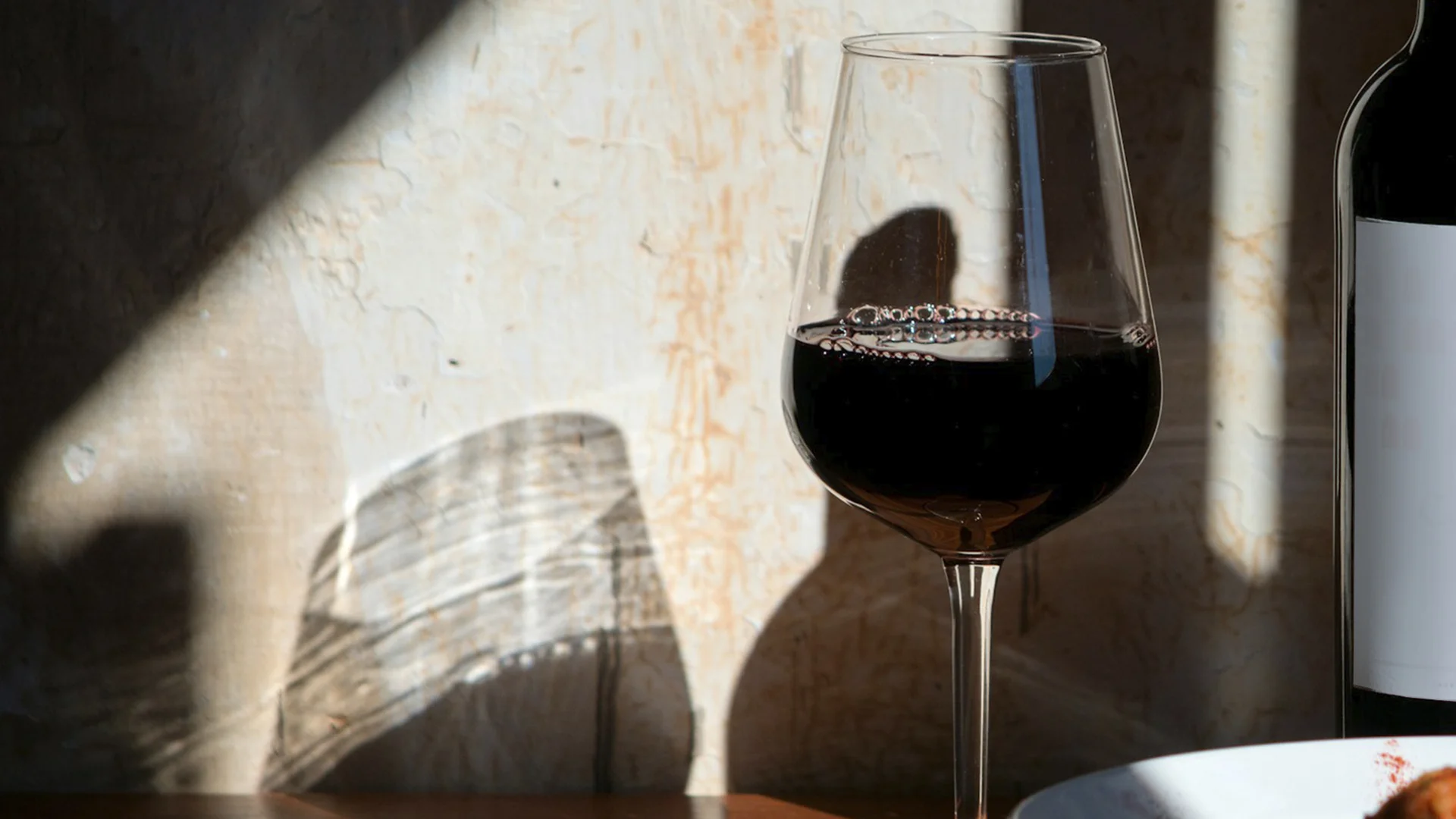
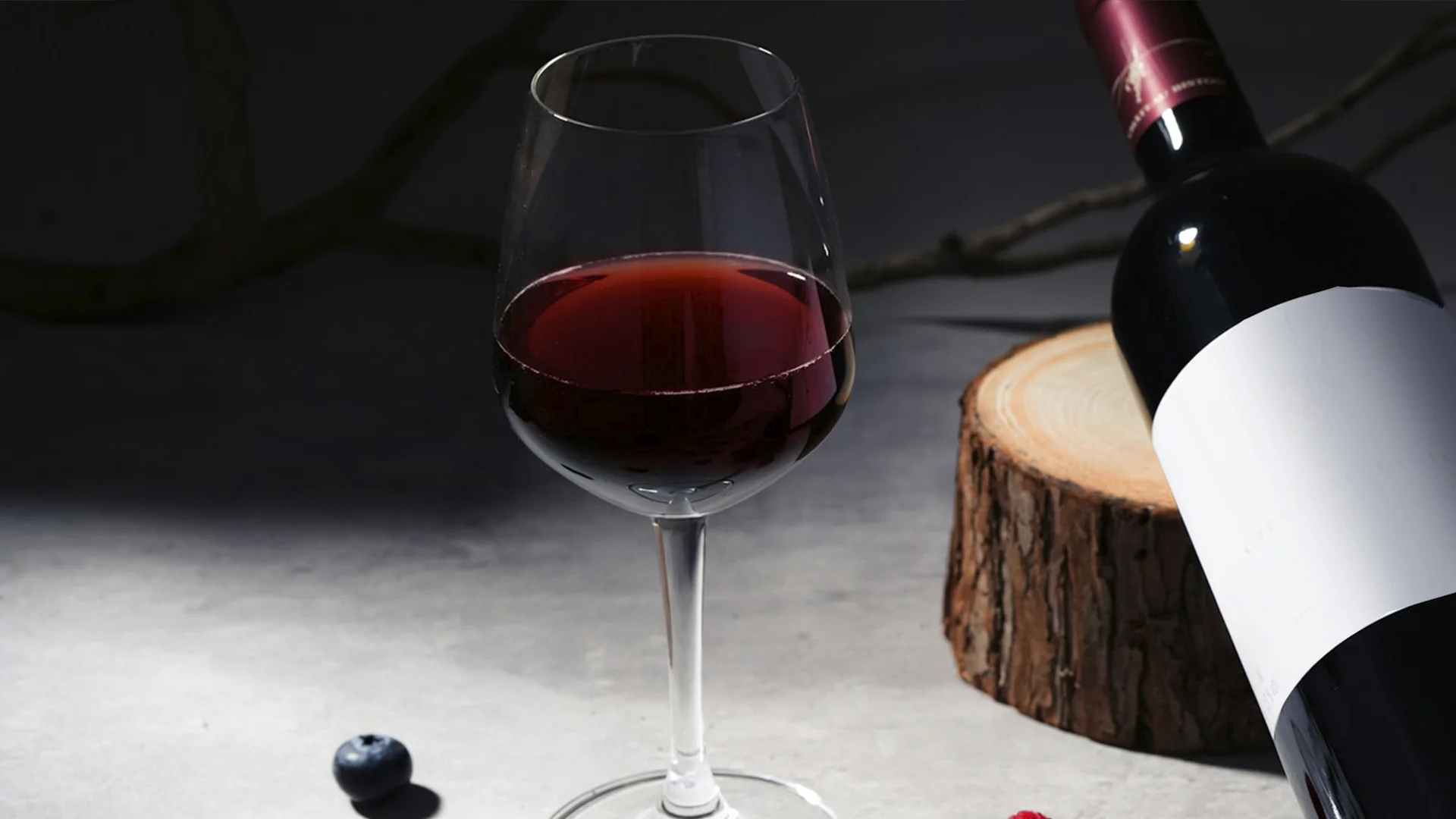
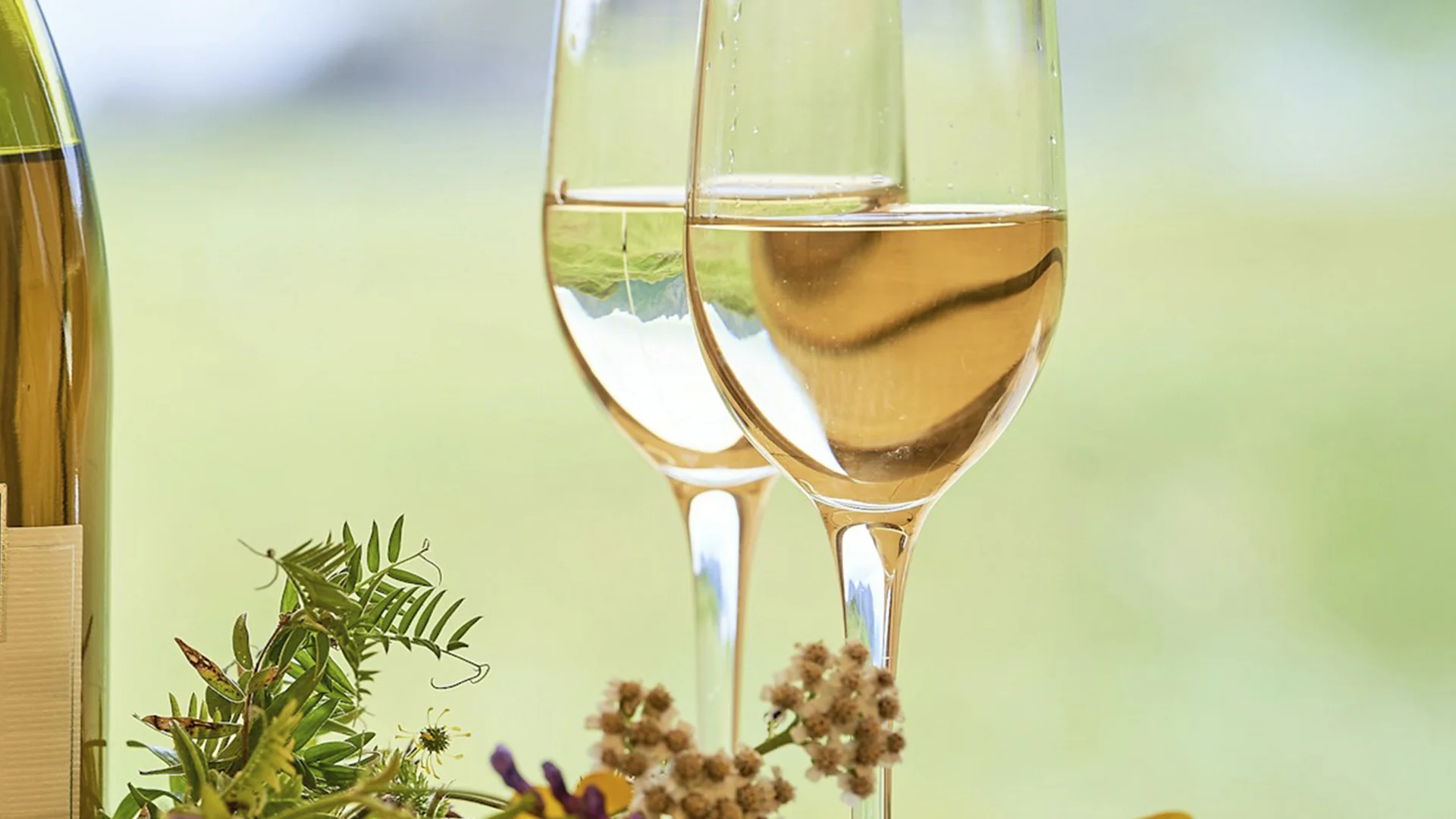
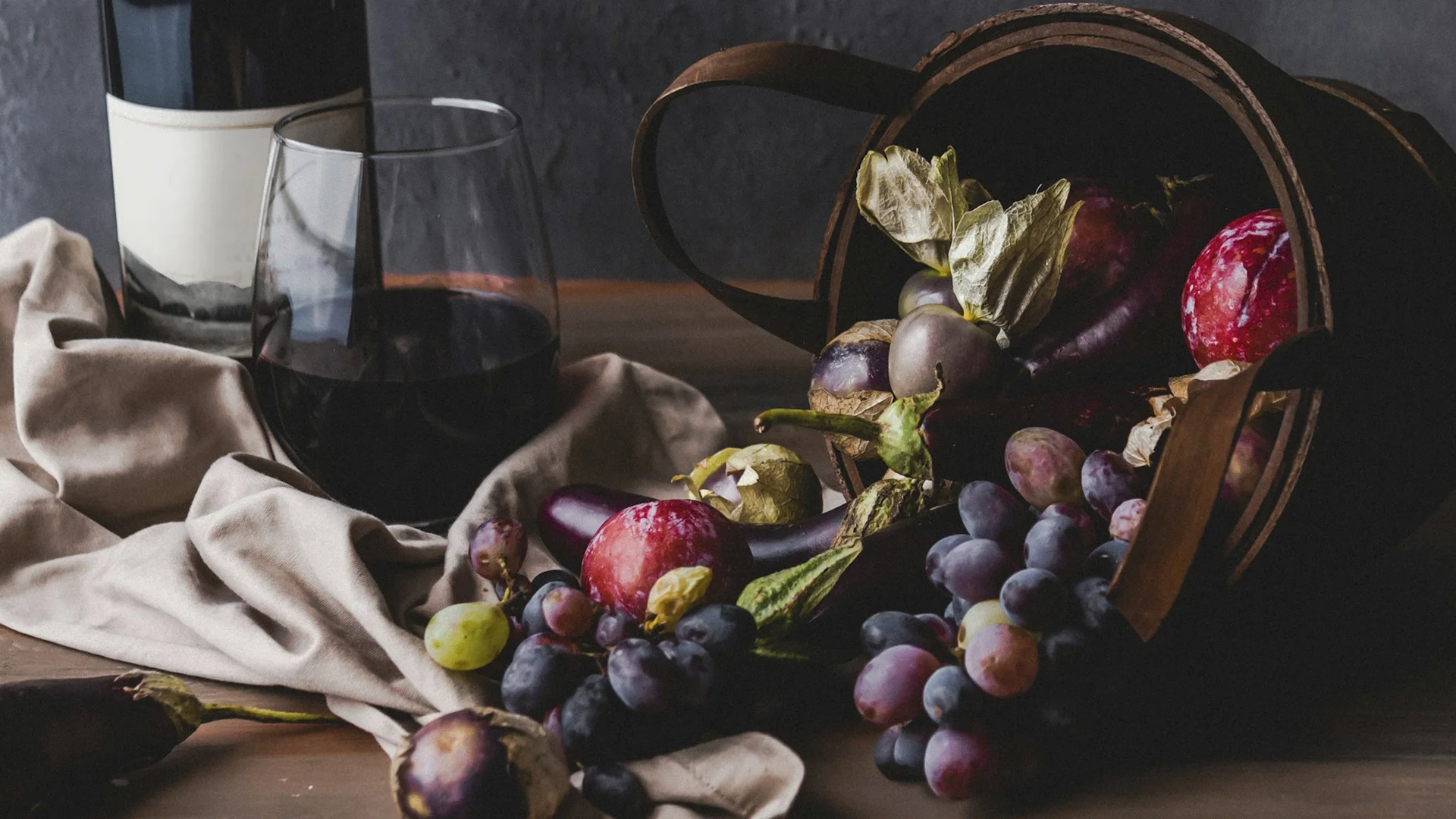

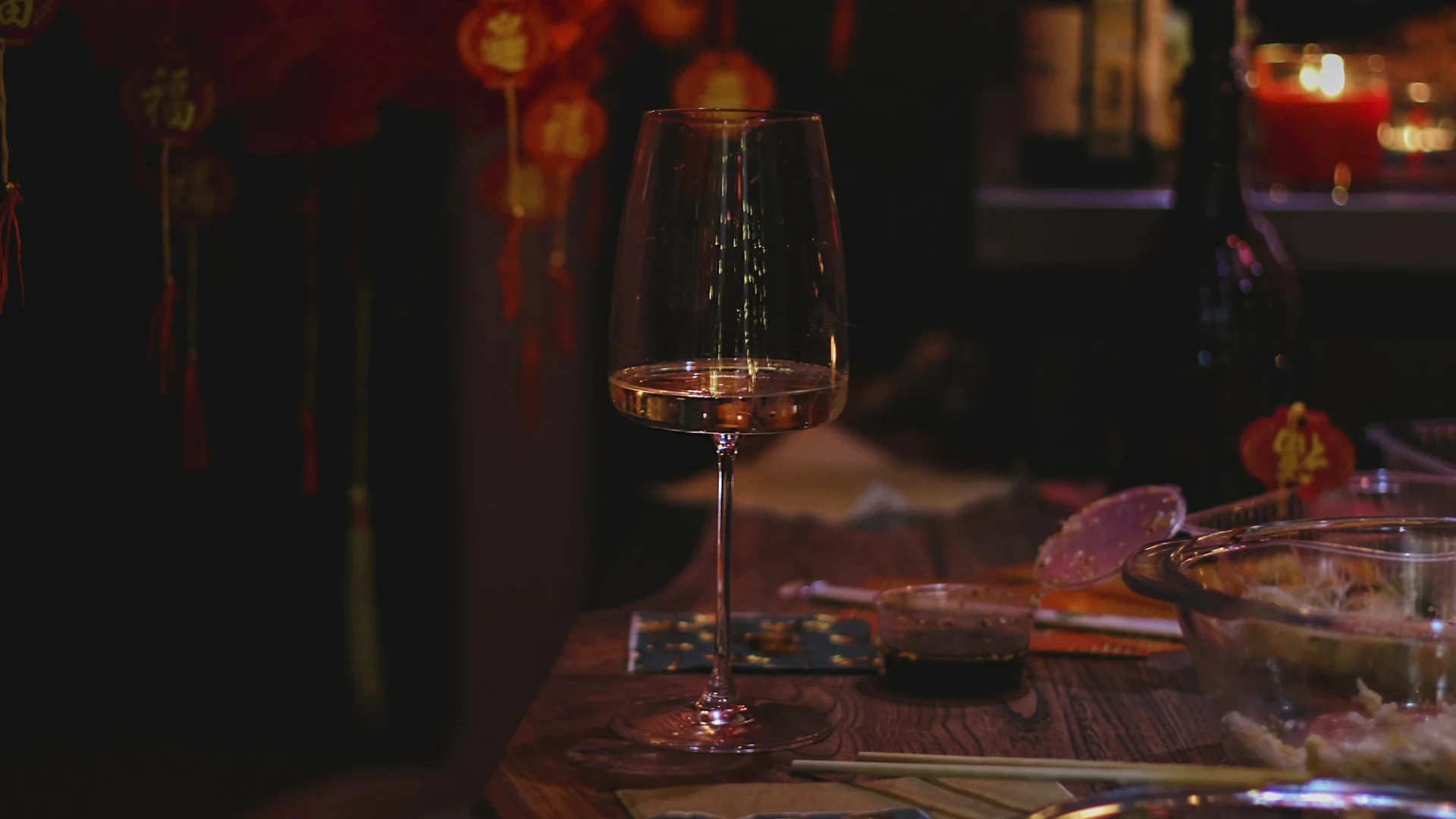

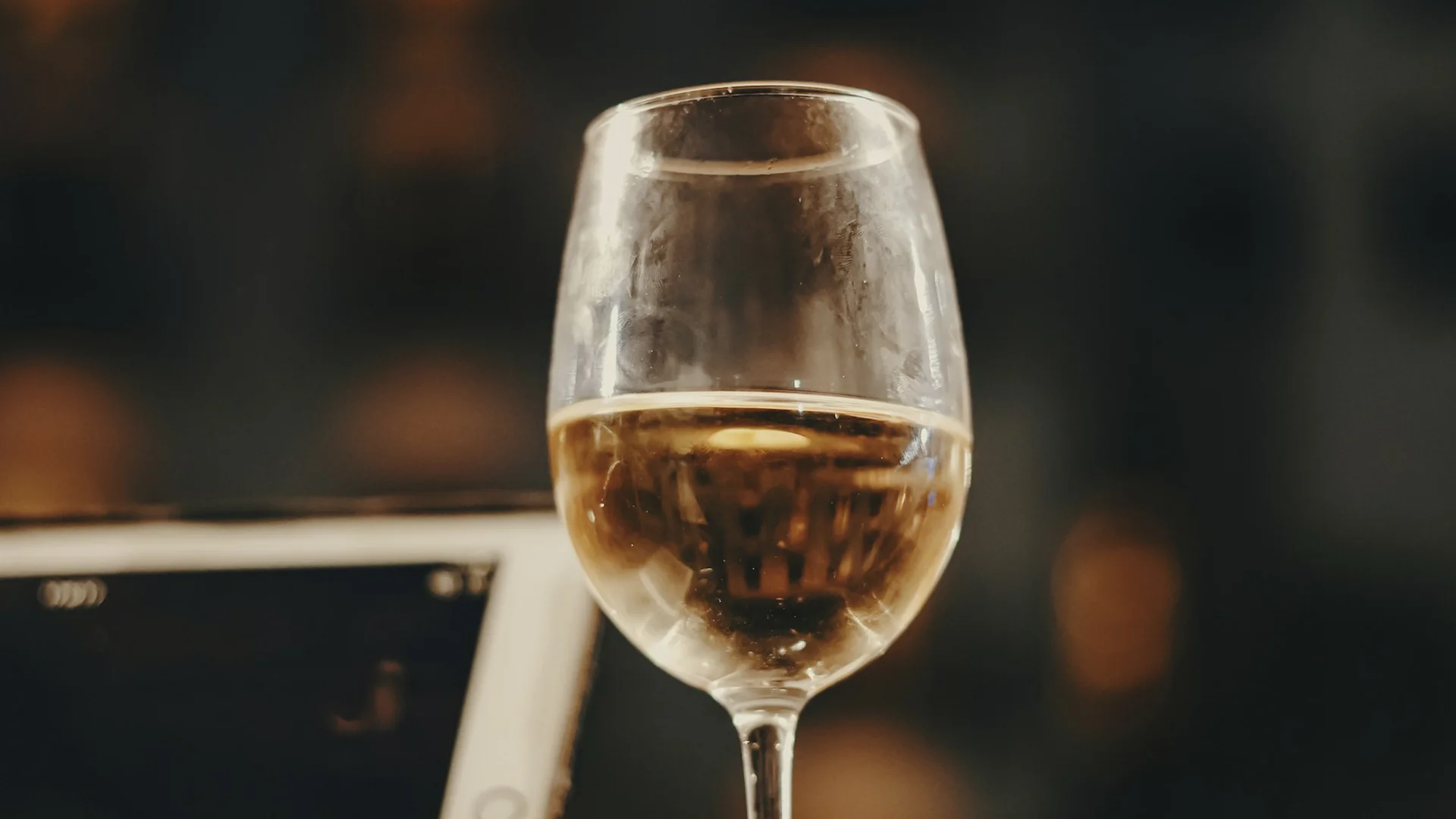




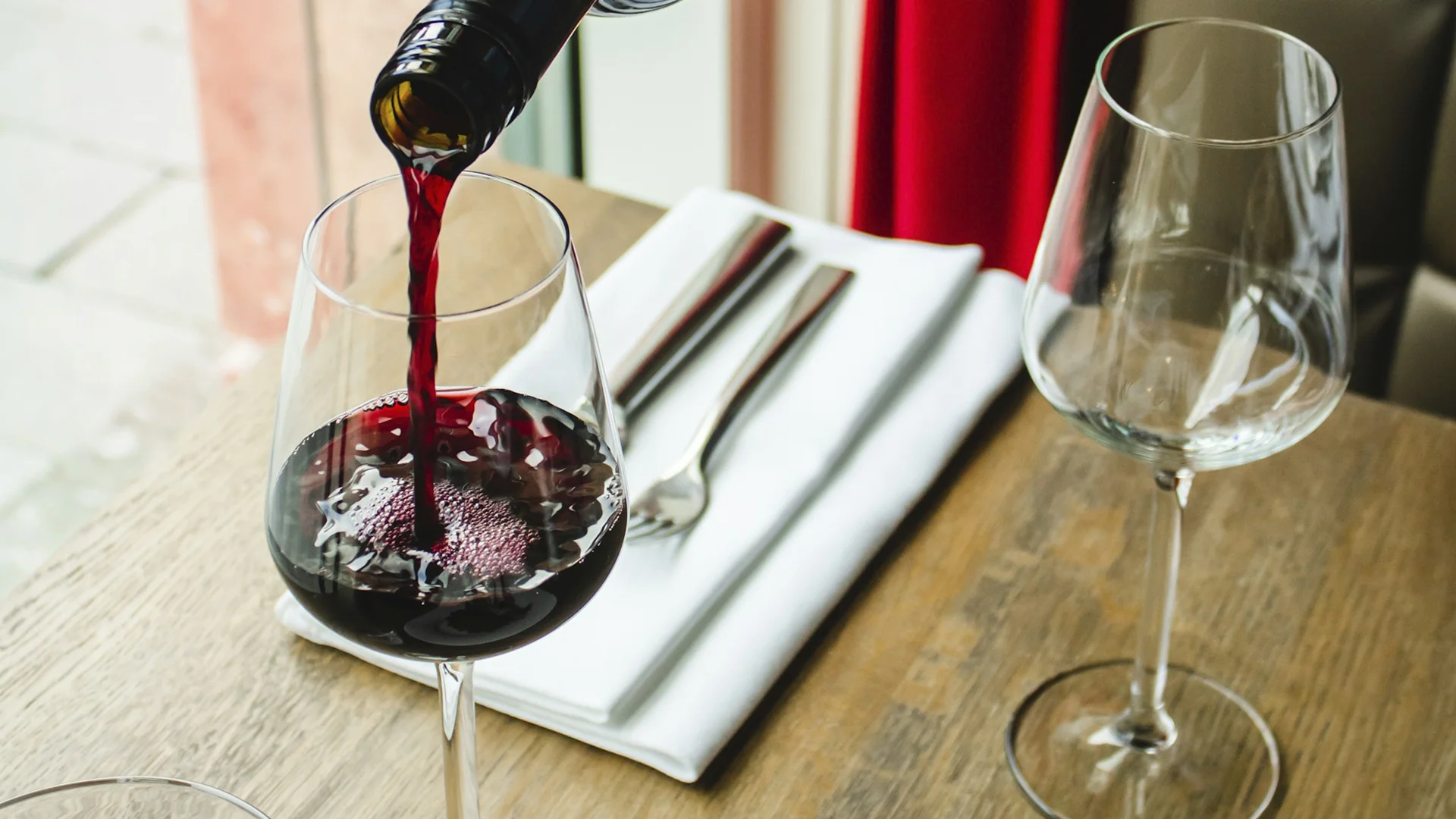












.webp)

.webp)
.webp)
.webp)



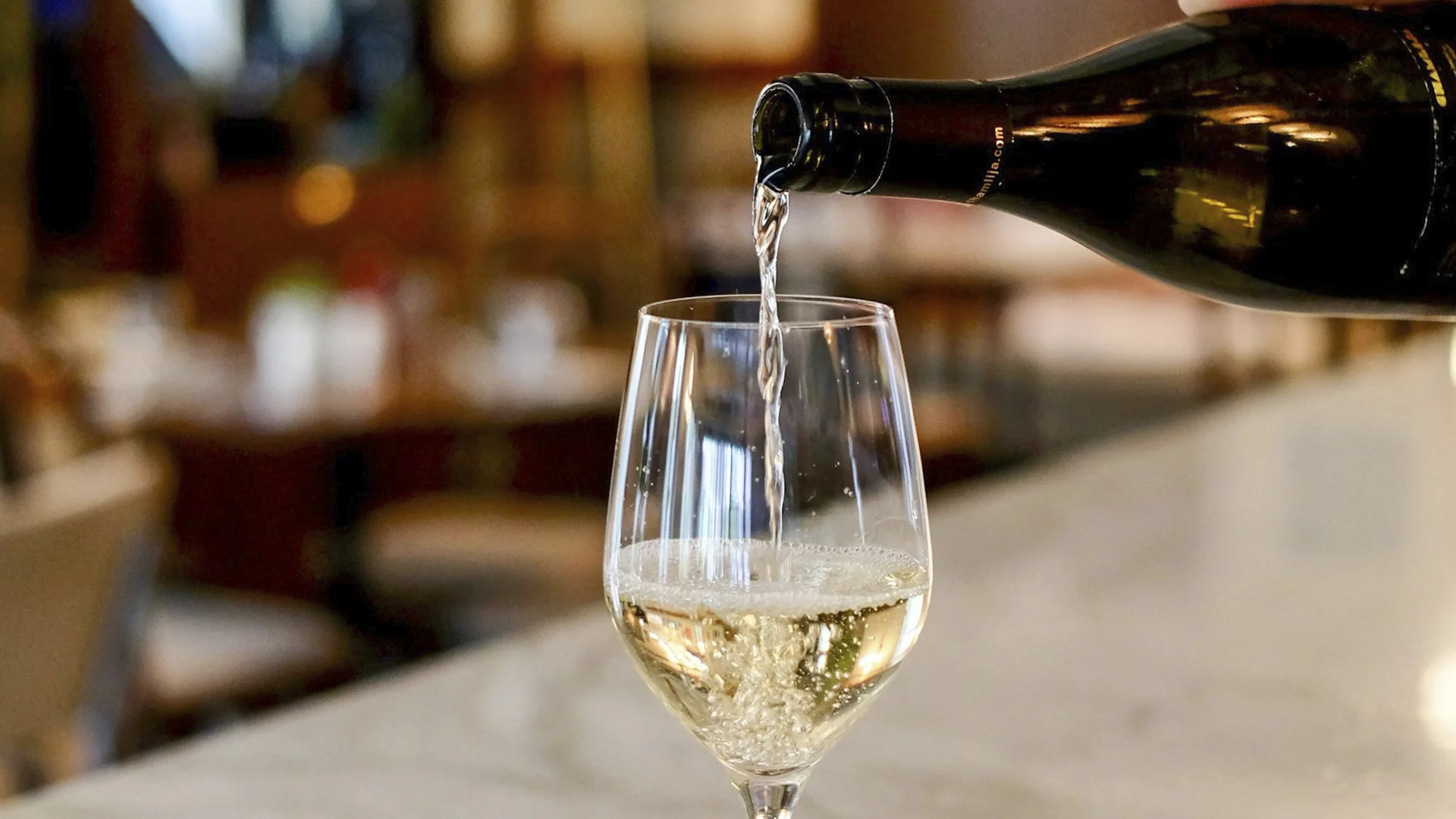


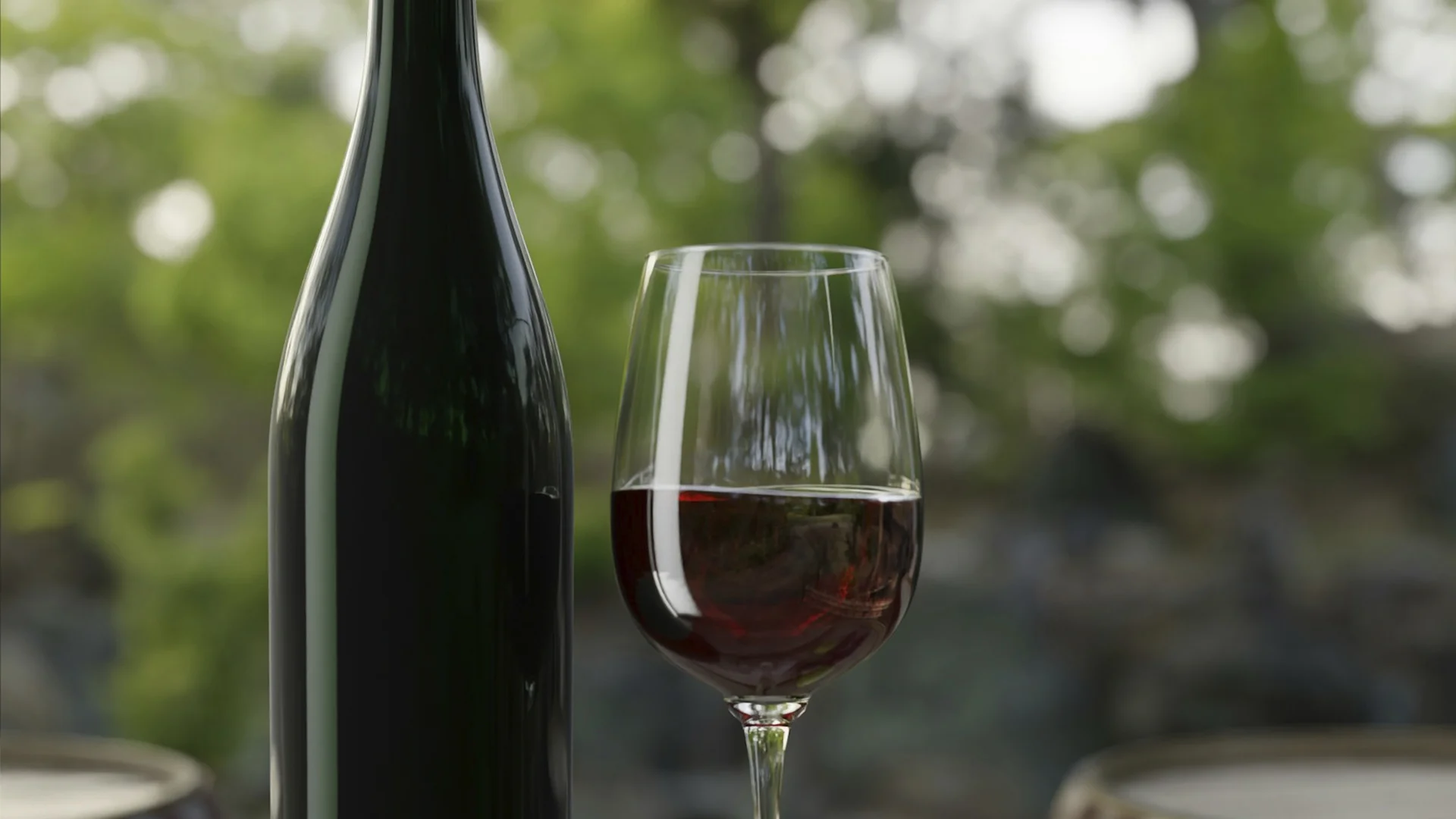



















.webp)













Are you interested in
collaborating with us?